Japan has always had its “cool factor”, and that goes from the otaku culture, its technology, but also applies heavily in arts and fashion. The Japanese have not only adapted foreign fashion and molded it as their own, they have themselves influenced fashion brands and trends in the world. The country has produced a number of designers and brands who have made their marks in all aspects of fashion, from high fashion, to street, and have played a critical role in today’s trend of mixing both luxury, street, and sportswear.
I’ll first walk you through the current fashion trends which I’ve been noticing in Japan, especially on the streets of Tokyo, then I’ll introduce you to the Japan-made brands for each style, and where to go shopping on your visit to the country.
JAPANESE FASHION TRENDS 2019
While the internet and especially instagram has resulted in many dressing the same and following the same trends, as well as the rise of the hypebeast population, Japan seems to have a knack for being unique in their way of adopting and using fashion items. While the same brands are popular here, you will find they wear them in different ways. These are the Japanese fashion trends 2019 that seem have been around in the last couple years.
OVERSIZED CLOTHING
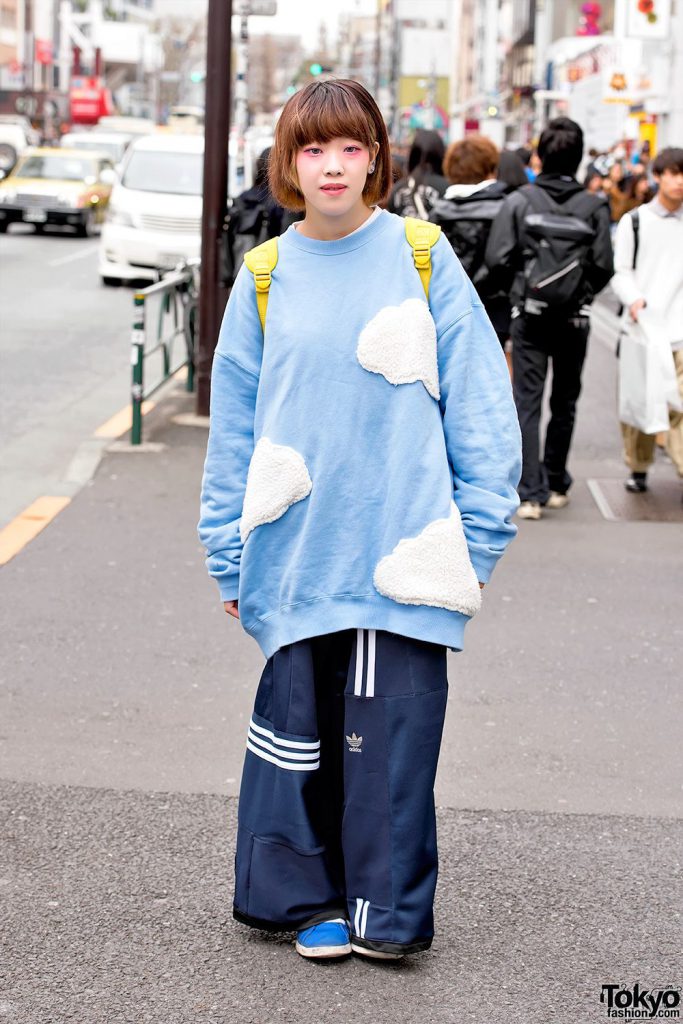
This has been a trend in Japanese fashion in the last few years. You’ll see all over Tokyo people wearing sweaters and hoodies that are too large for them, as well as large T-shirts, and sometimes even pants.
LAYERING
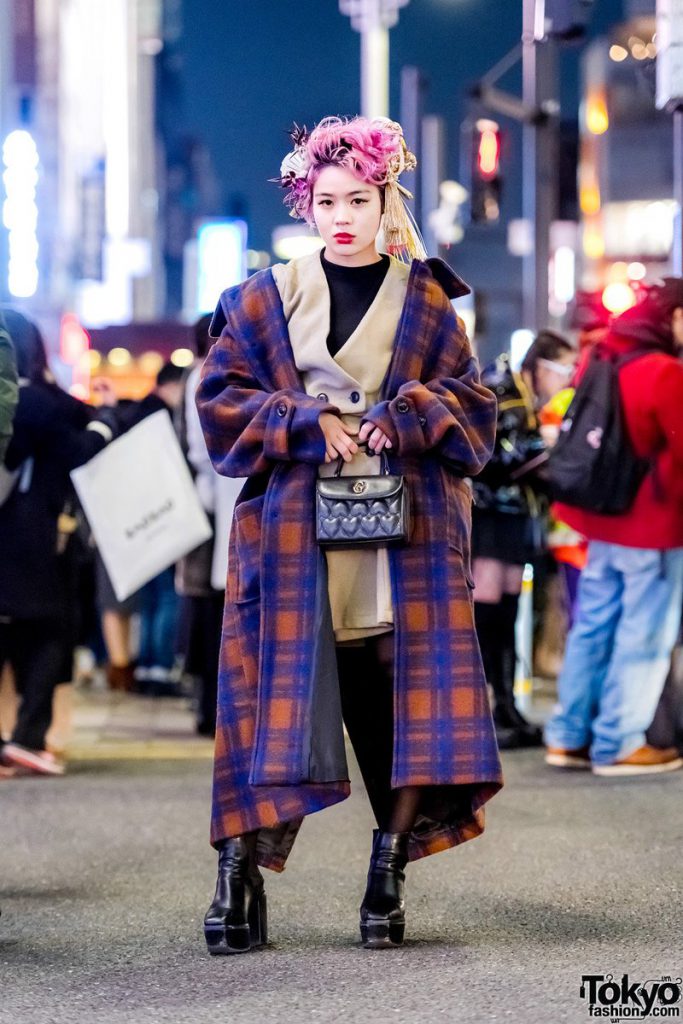
While layering is not a Japan only fashion trend, I’ve never seen it as present as in Tokyo. Winter, and colder parts of Spring and Fall, you’ll see fashionistas with intricate combinations of shirts, cardigans, hoodies, jackets, and coats.
ANDROGYNOUS
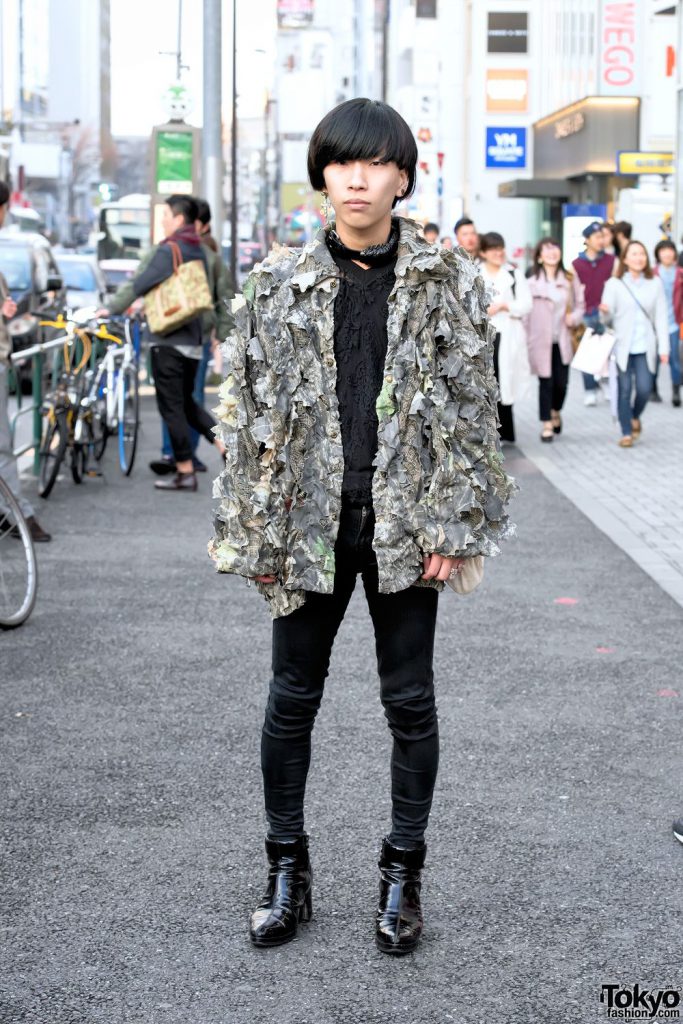
Japanese fashion designers, such as Yohji Yamamoto are well known for designing clothes which suit all people regardless of gender. This trend can also be found on the street. Japan has less defined gender-based aesthetics than the west and people do not shy away from wearing clothes which are traditionally considered for the opposite sex.
INCORPORATING SPORTSWEAR

While joggers and sport shoes are all the craze now, Japan seems to go a step beyond when it comes to assimilating sports clothe and mixing them with luxury, as well as street fashion. Football (soccer) kits are often worn mixed with regular pants, long compression pants are worn under non-athletic shorts, with boots, and long socks, etc. It seems just about everyone has at least one sport element from Adidas, Fila, Champion, or Nike, along with whatever regular clothes they are sporting.
JAPANESE HIGH FASHION BRANDS
Tokyo is one of the most fashionable cities, if not the most fashionable city I’ve lived in, and I’ve lived in some really fashionable cities. The difference here, is that everyone is cooler than you, including the elderly. While brands like Gucci, Prada, and others are popular in Japan, the country has produced its own luxury brands, which every season provide us with some of the best and most innovative creations.
COMME DES GARÇONS (CDG)
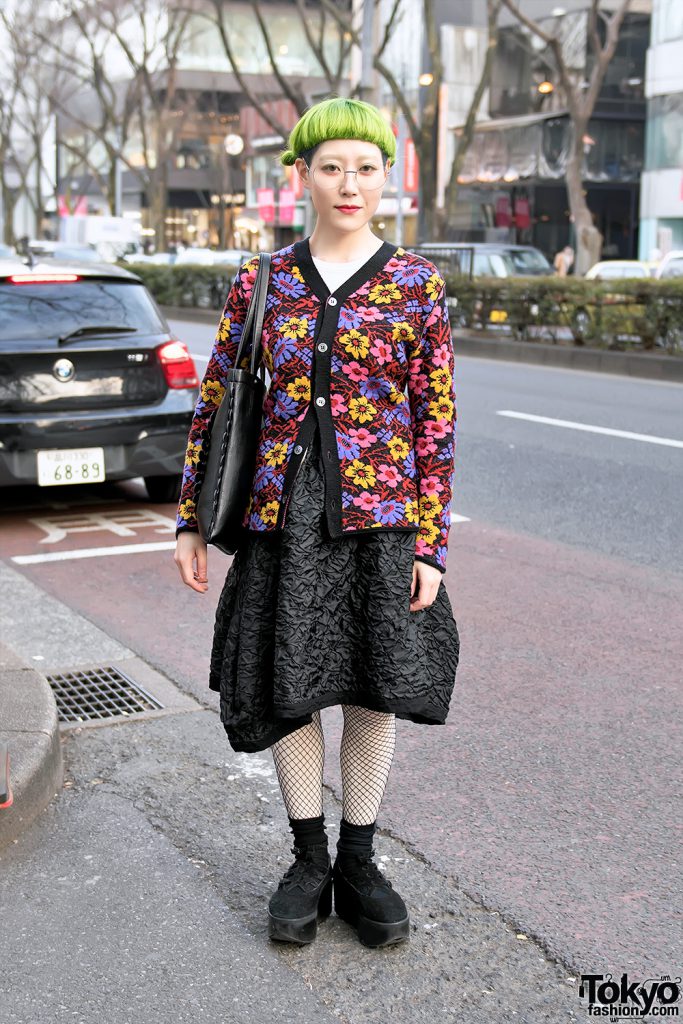
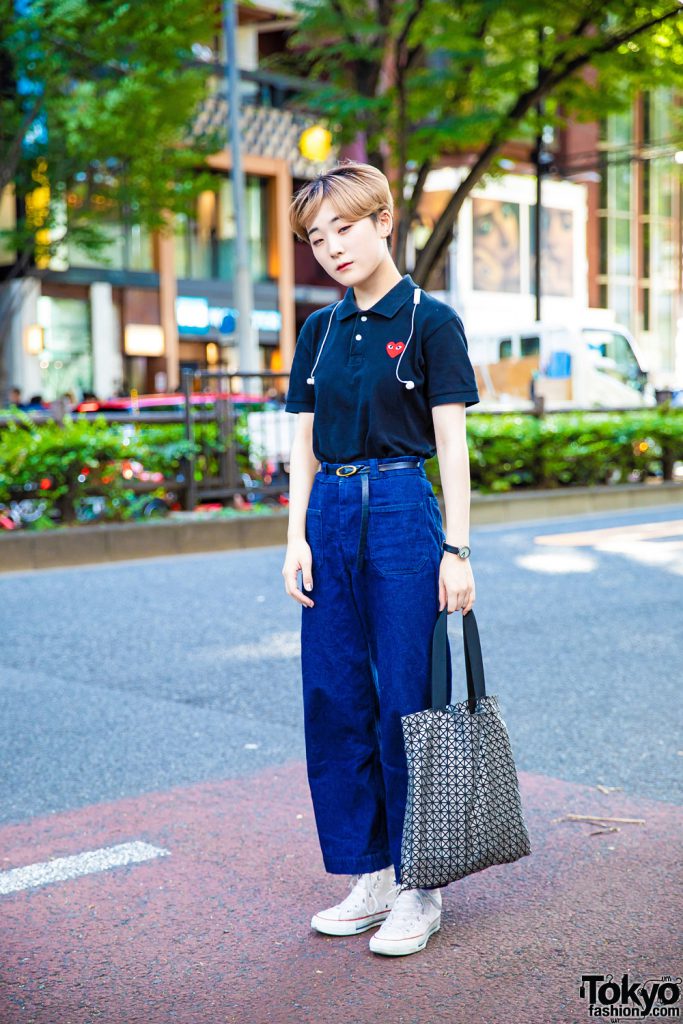
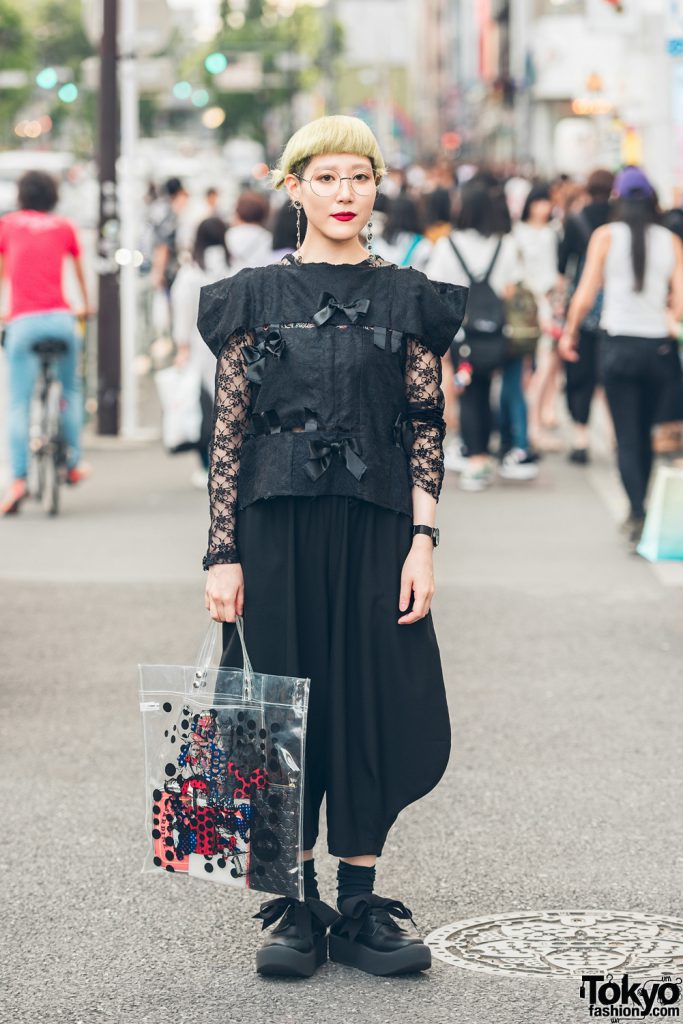
COMME des GARÇONS (CDG) is quite possibly Japan’s most famous fashion brand, and Rei Kawakubo its most famous designer. Kwakubo started the line in 1969, focusing on womenswear. After gaining success in Japan in the 70s, she started a menswear line, and later in 1981 had it’s debut exhibition in Paris. Over the years, it has become one of the most popular fashion brands in Japan and worldwide.
COMME des GARÇONS makes heavy use of distressed fabrics and predominantly uses black. It has an avant-garde approach to fashion, and likes to play with unnatural and sometimes exaggerated silhouettes.
CDG has a huge international presence and multiple secondary lines. To date, there are signature stores in Tokyo (2), Kyoto, Osaka, Fukuoka, London, Paris, Seoul, New York, Beijing, Hong Kong, and St. Petersburg, as well as concessions in certain stores, and seldom has Guerilla stores open for one year in select cities. In addition, there are several concept stores within Tokyo, including the TRADING MUSEUM COMME des GARÇONS in Tokyo Midtown.
Click here for a list of all the stores of COMME des GARÇONS.
COMME DES GARÇONS AOYAMA
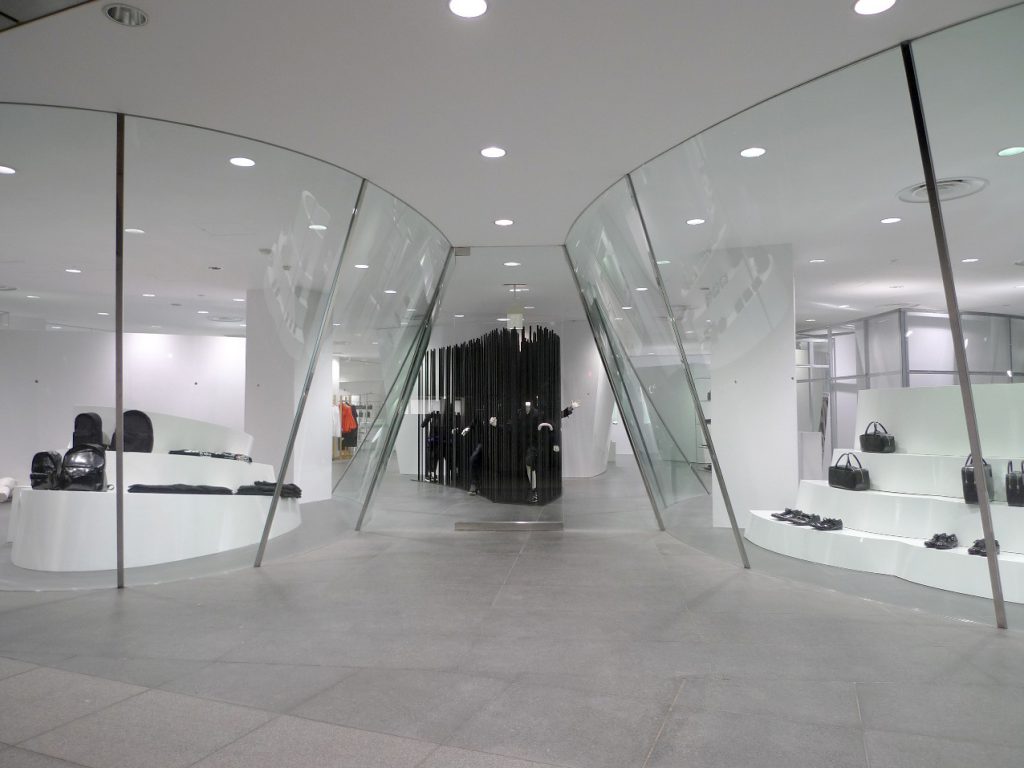
The Aoyama is the CDG flagship store. It’s located in the Omotesando shopping street of the Aoyama neighborhood. The building itself is an architecurally interesting piece, and the inside is akin to a modern art museum.
ISSEY MIYAKE
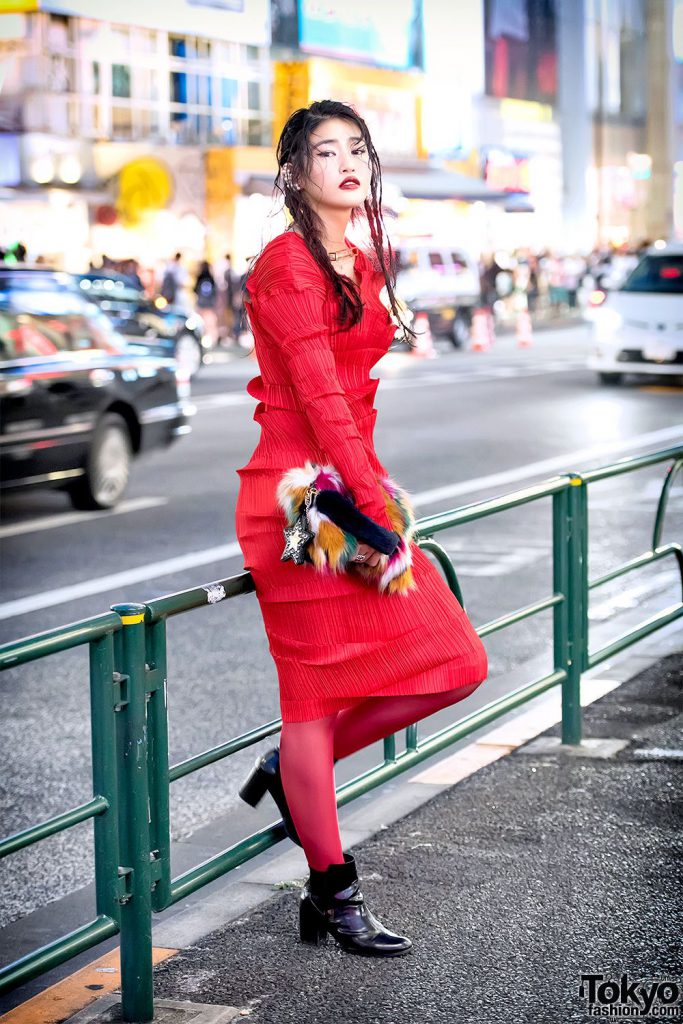
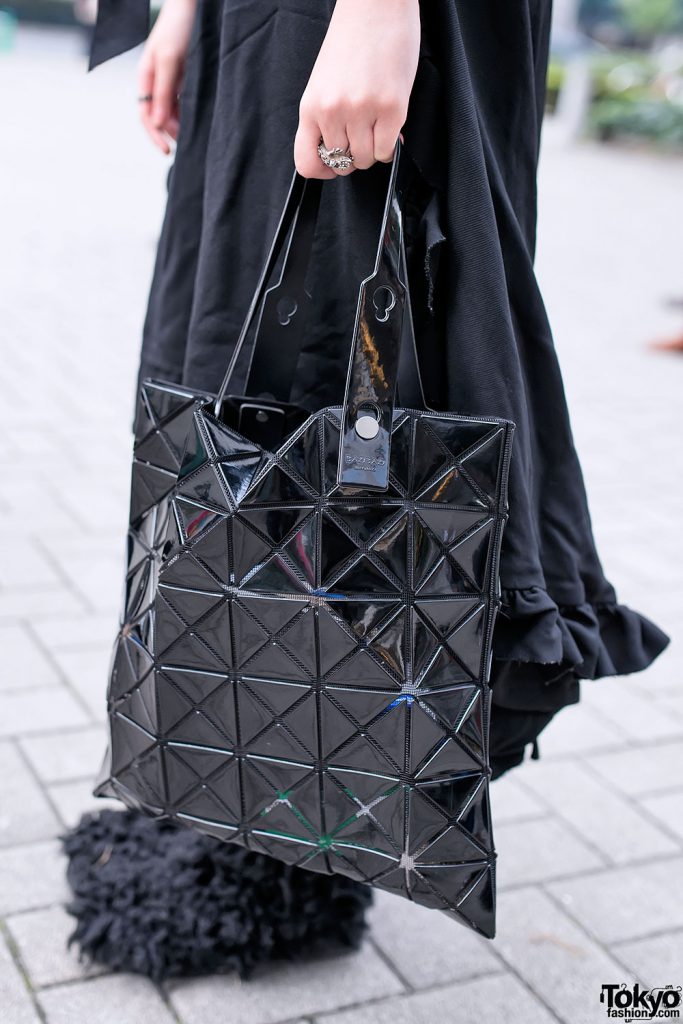
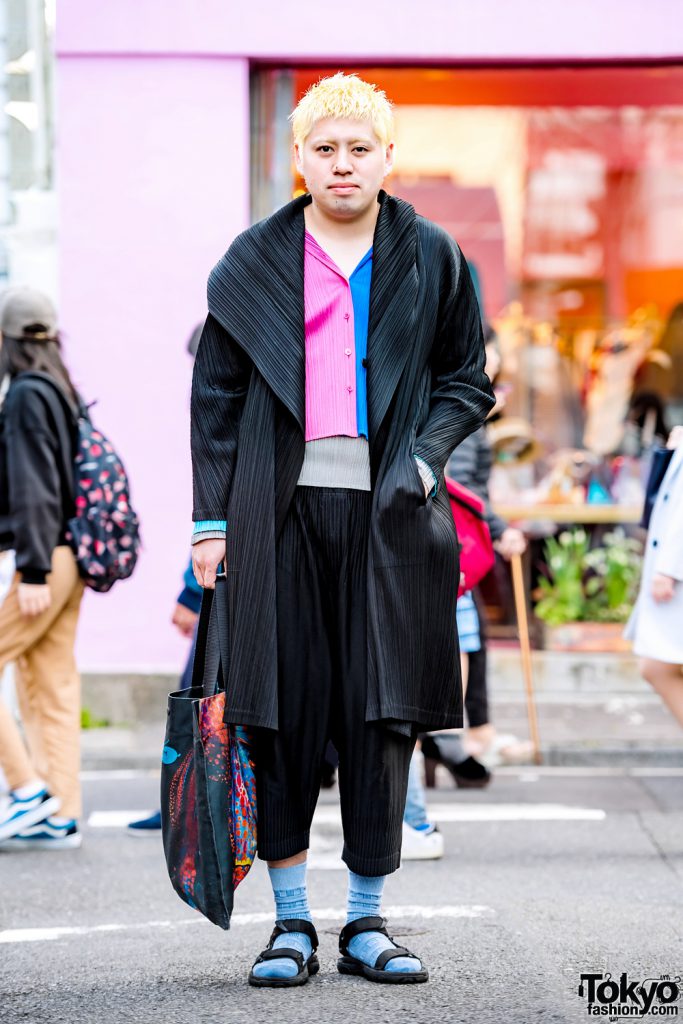
Issey Miyake is the eponymous Japanese fashion label started by designer Issey Miyake. After graduating from Tama Art University in graphic design, Miyake went on to work in New York and Paris, before returning to Japan in 1970 and starting his Miyake Design Studio, focusing on women’s fashion. Miyake has experimented with novel ways to create clothes and has always been at the forefront of technology, especially pleating methods.
Issey Miyake has to date founded multiple lines and brands under his Issey Miyake Inc. company, including the Issey Miyake main line, Issey Miyake Fête, Pleats Please Issey Miyake, and his bag line, Bao Bao Issey Miyake.
There are currently a dozen Issey Miyake brands stores in Tokyo, a couple in Kyoto and Osaka, two in Paris, New York, and London, each, and one in Milan, and in Zurich.
Click here for a list of all the stores of Issey Miyake.
ISSEY MIYAKE AOYAMA

This is one of the many Issey Miyake stores within Tokyo. It’s on the same Ometosando street as CDG, and is right next to the Yohji Yamamoto store. This store was designed by Tokujin Yoshioka and carries the Issei Miyake brand, and Issei Miyake Perfume.
YOHJI YAMAMOTO
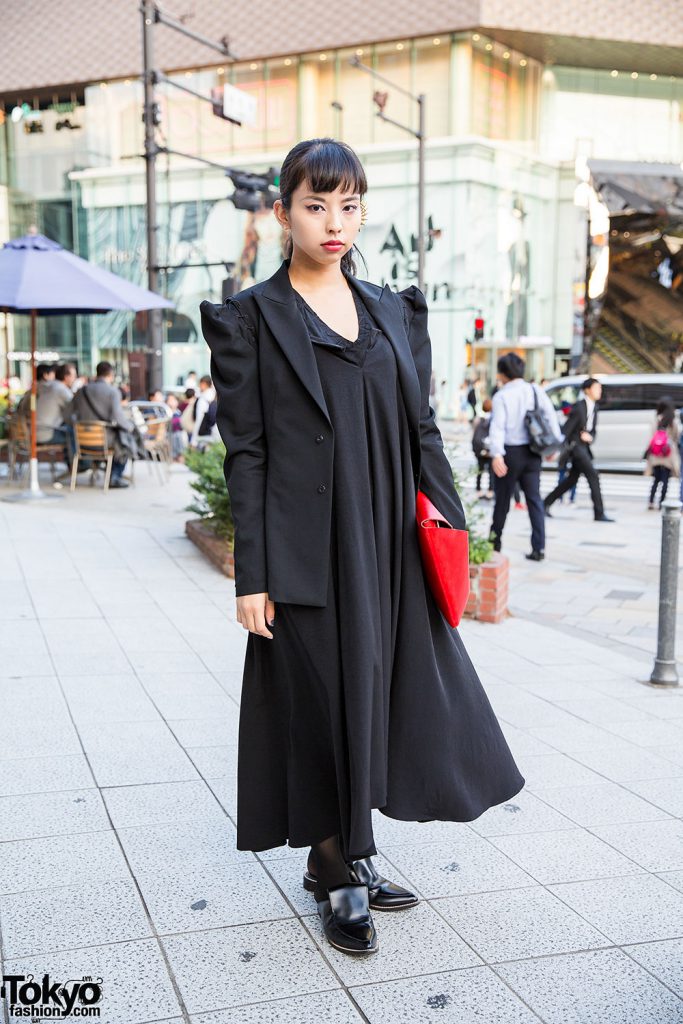
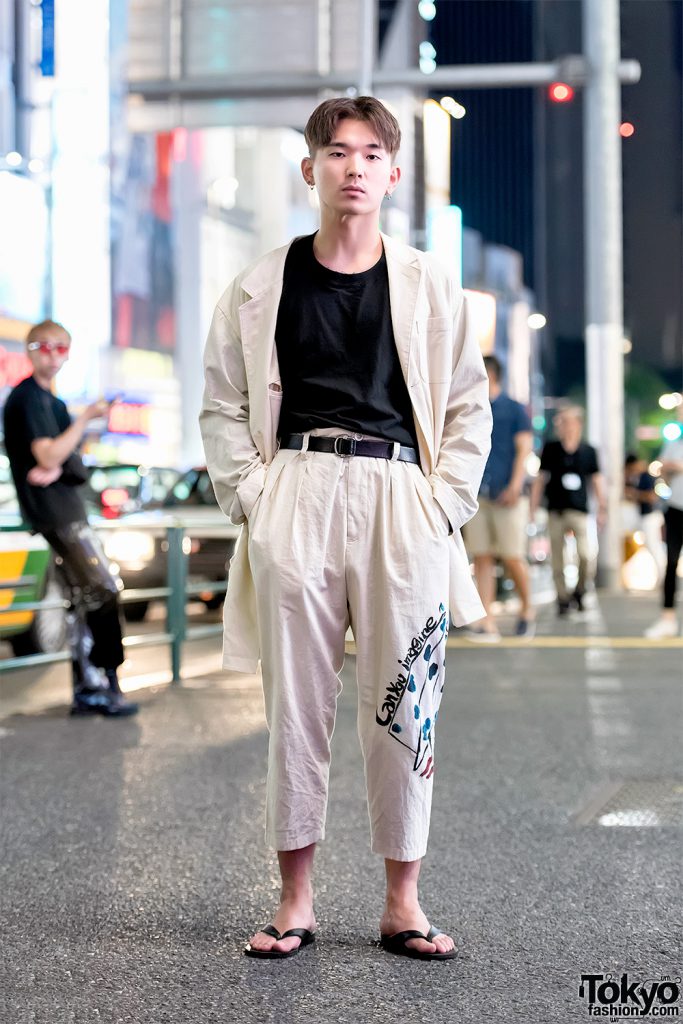
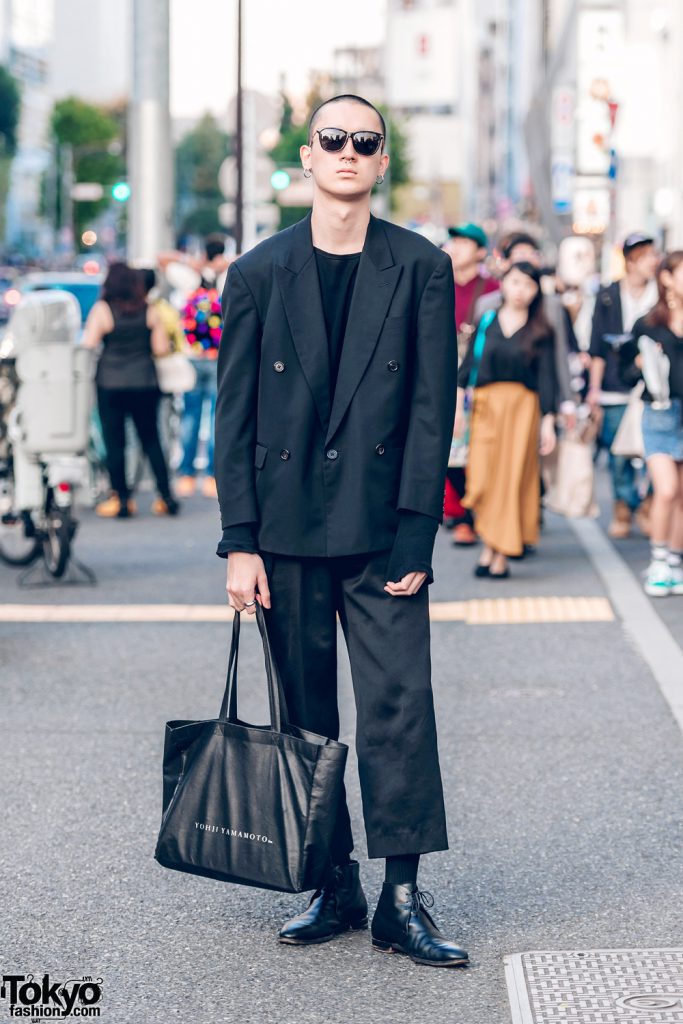
Yohji Yamamoto is probably after Kawakubo, Japan’s most famous designer. His two main collections Y’s and Yohji Yamamoto are especially popular in Japan, while he’s also known for his collaborations. Those include the very well known Y-3 (collaboration with Adidas). He has also collaborated with artists, such as Sir Elton John, and Japanese actor Takeshi Kitano.
Yohji Yamamoto has stated that when he designs clothes, he tries to make “men clothes for women”. Like Kawakubo, Yamamoto’s clothes are predominently black, avant-garde garnments. They feature oversized silhouettes, drapery, and layering. His Y-3 collaboration is also well known for producing some of the most coveted sneakers in the last decade or so.
To date, there are five stores. One Yohji Yamamoto main store in Minami-Aoyama, two in Paris (the Louvre store also include Y’s), one in London (includes Y’s), and a Y’s store in Omotesando. In addition, there are multiple concessions in select department stores, and a Y-3 store in Omotesando.
Click here for a list of all the stores.
YOHJI YAMAMOTO AOYAMA
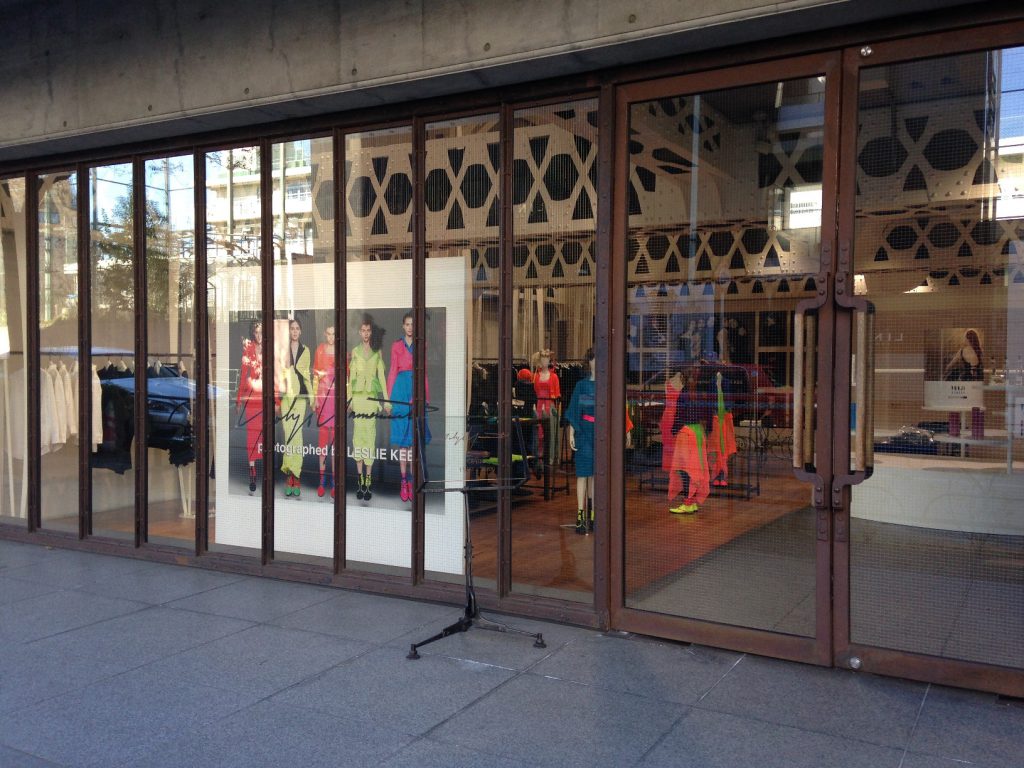
This is the main Yohji Yamamoto store. It is, just like the CDG store, and most high fashion brands fagships in Tokyo, located on the shopping street which stems from Omotesando. It’s made to have a minimalist, industrial feel, and is the go to place if you can only visit one of the Yohji Yamamoto stores in Tokyo.
Y’S OMOTESANDO
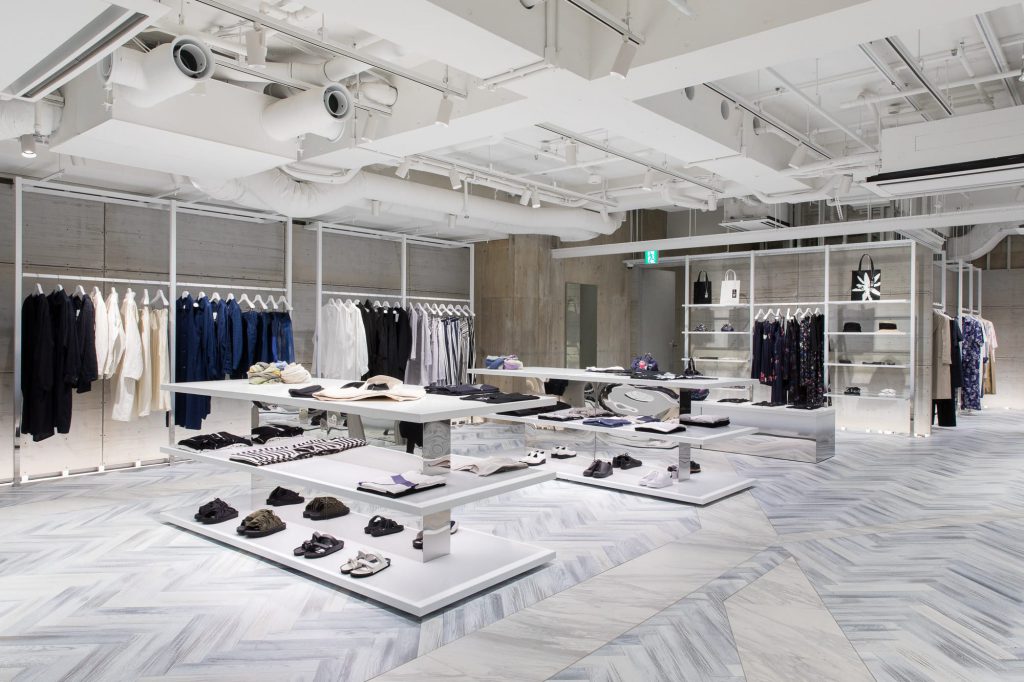
The Y’s store is about four or five blocks away from the Yohji Yamamoto main store down in Omotesando almost exactly between the Omotesando station, and the Meiji-Jingumae ‘Harajuku’ Station. The design is similar to the main store, but this one carries exclusively the Y’s line.
JAPANESE STREET FASHION BRANDS
Street fashion and streetwear goes a long way in Japan. Japan has a tendency to take things from abroad and bastardize them. This inventiveness is an important basis for the role Japan plays in street fashion today, and in the past. A Bathing Ape, in particular was an important step in the advent of brands like Supreme and Stüssy.
A BATHING APE
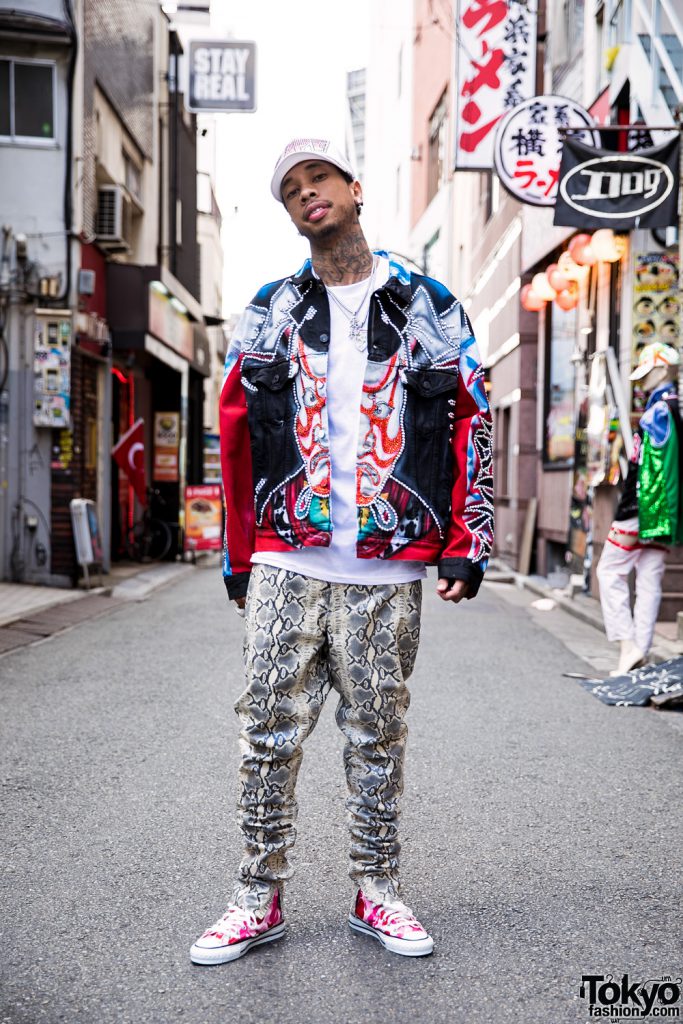
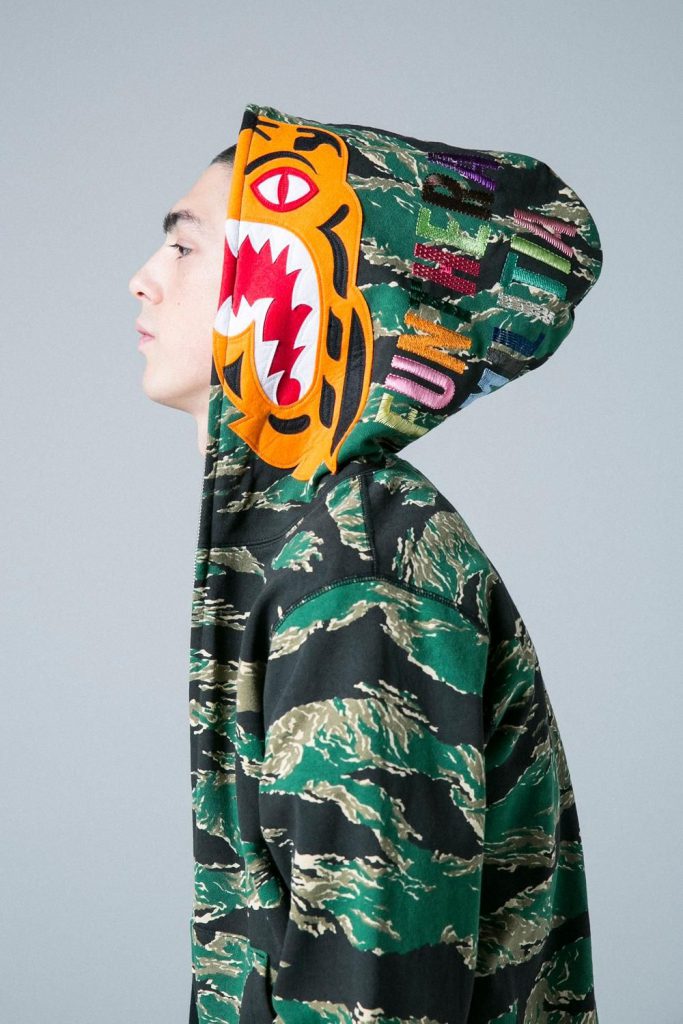

A Bathing Ape is by far Japan’s most popular street fashion brand worldwide, having been made famous in the 200s by artists such as Pharell Williams, and Soulja Boy.
A Bathing Ape (Bape) was founded in 1993 by Japanese DJ and producer NIGO. At first, it was a print shirt and hoody shop in the neighborhood of Harajuku. The brand has grown to make everything from jeans, sneakers, to toys and toilet paper, paving the way for “hypebeast” brands like Supreme. Their shark hoodies and cloud camo patterns are now staples in many street fashion afficionados’ wardrobes.
Bape has over a dozen stores in Japan, a few in Hong Kong and mainland China, a store in Seoul, in Bangkok, Moscow, New York, and Paris.
A BATHING APE HARAJUKU
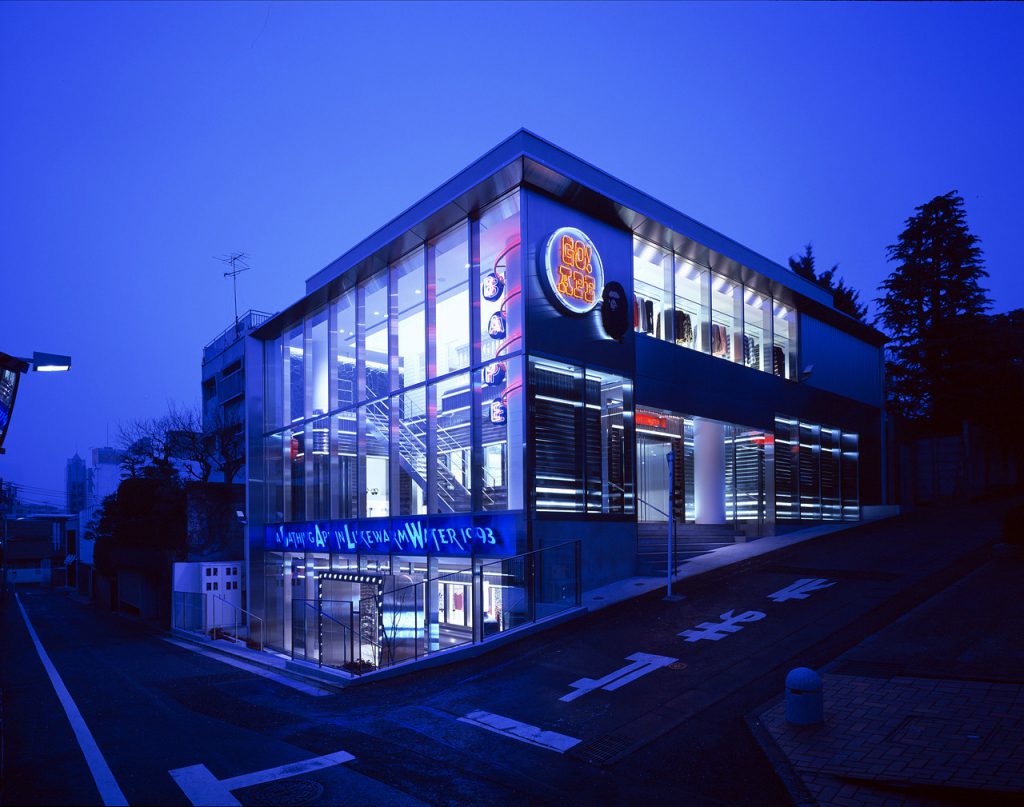
While Bape has since been sold to Chinese company IT, the Harajuku store is the main one in Japan, and where it all started. This store can be extremely crowded and will have long lines on days when there are new exclusive releases.
UNDERCOVER
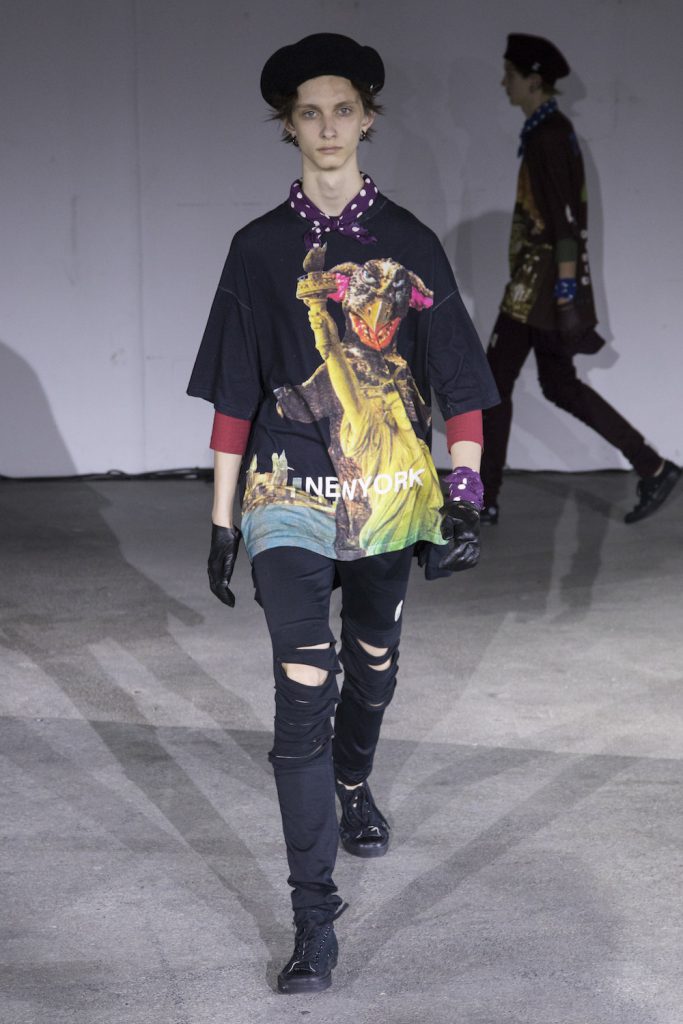
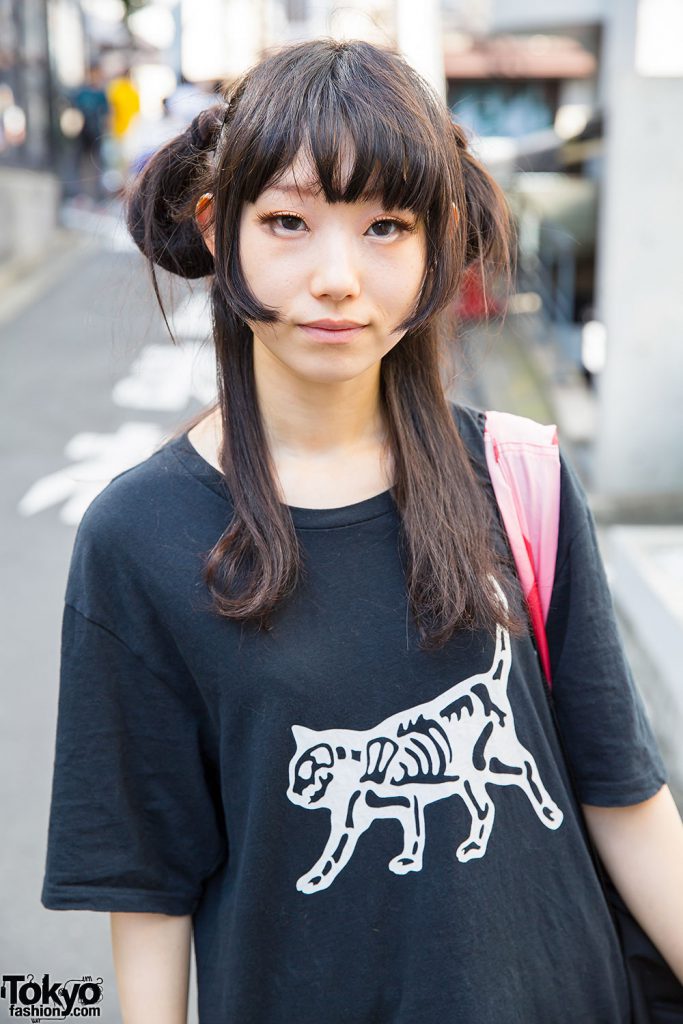
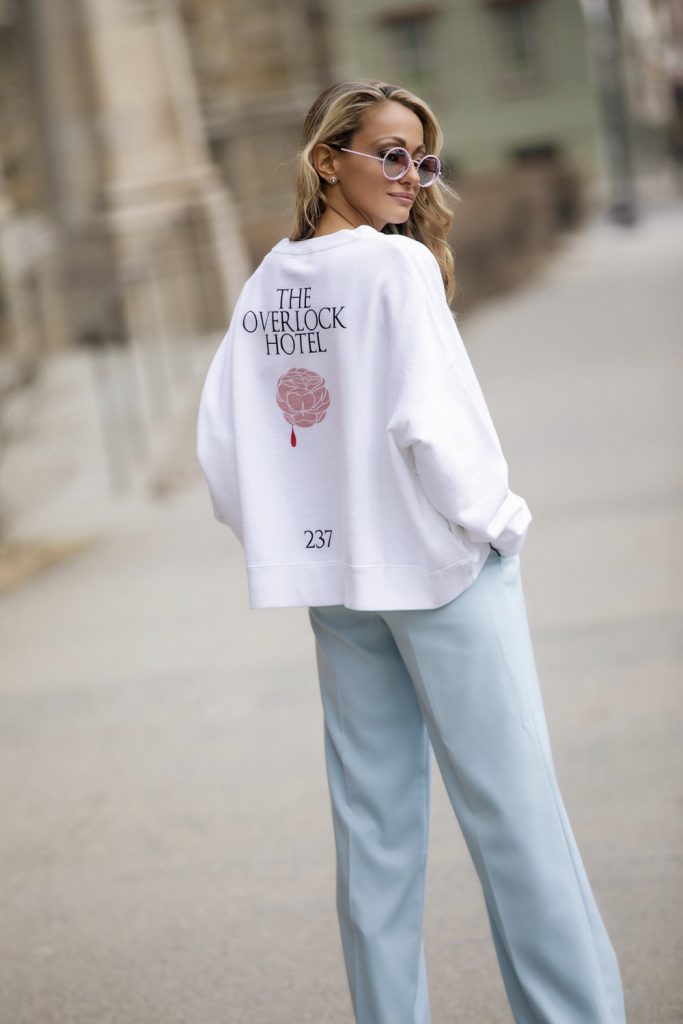
“We make noise not clothes”. That’s UNDERCOVER’s motto. Staying true to it, Jun Takahashi’s fashion brand has for the last 30 years blended pop culture, with goth, punk, and bondage elements, among others.
Undercover is the quintessential “cool Japan” brand, and screams rebellion. It’s been one of the most consistent street wear brands, and one of the most long lasting ones.
There are currently two flagship stores in Tokyo, and various stockist and concessions worldwide.
Click here for the list of all the stores of UNDERCOVER.
VISVIM
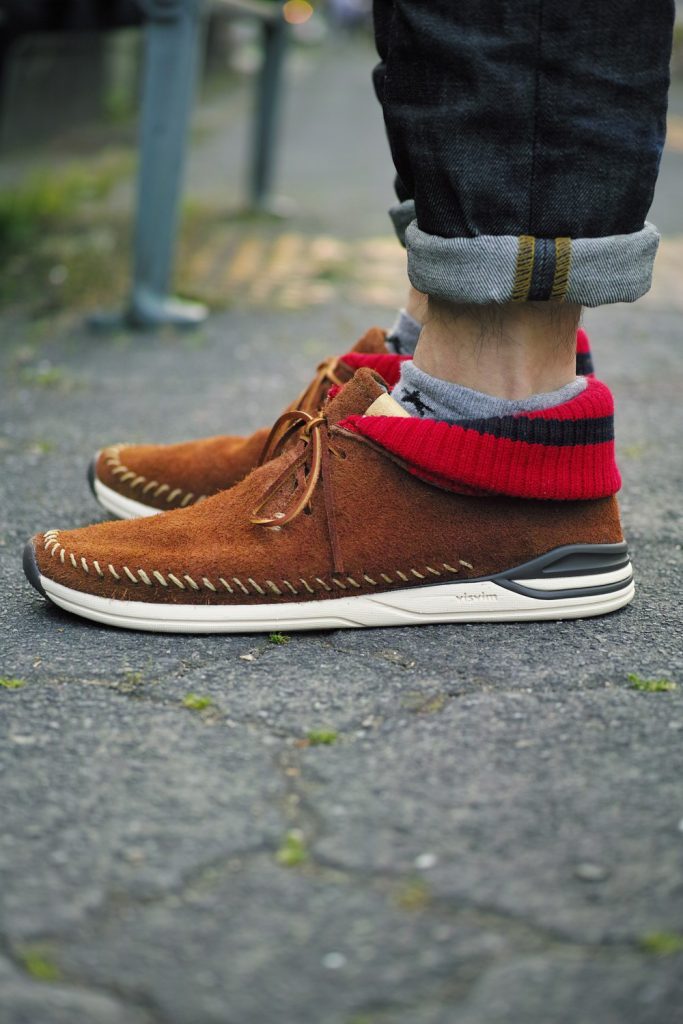
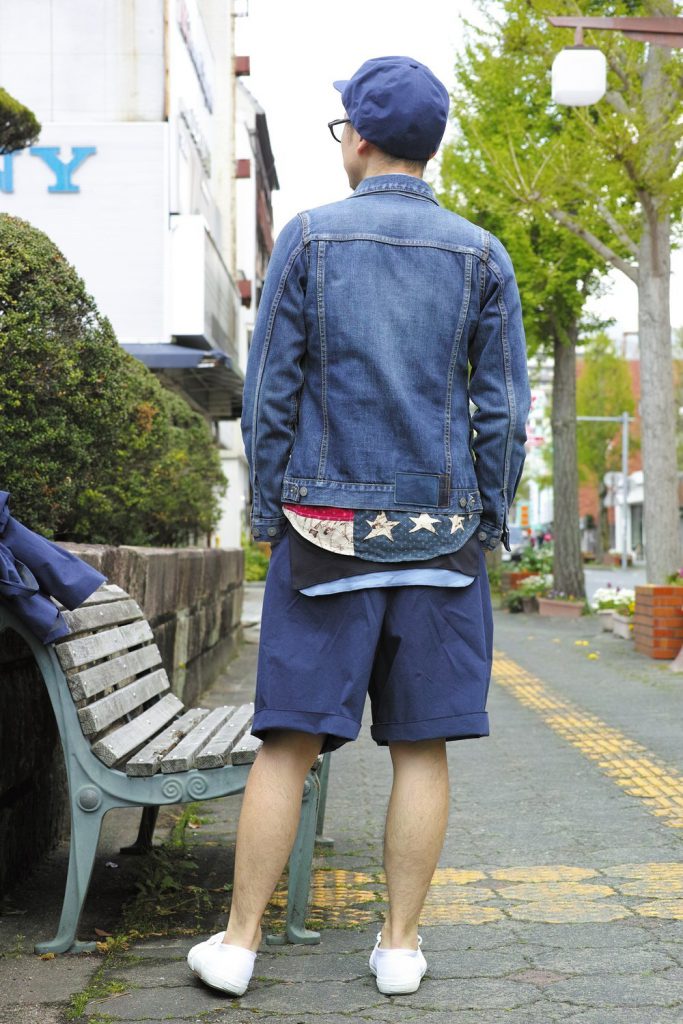
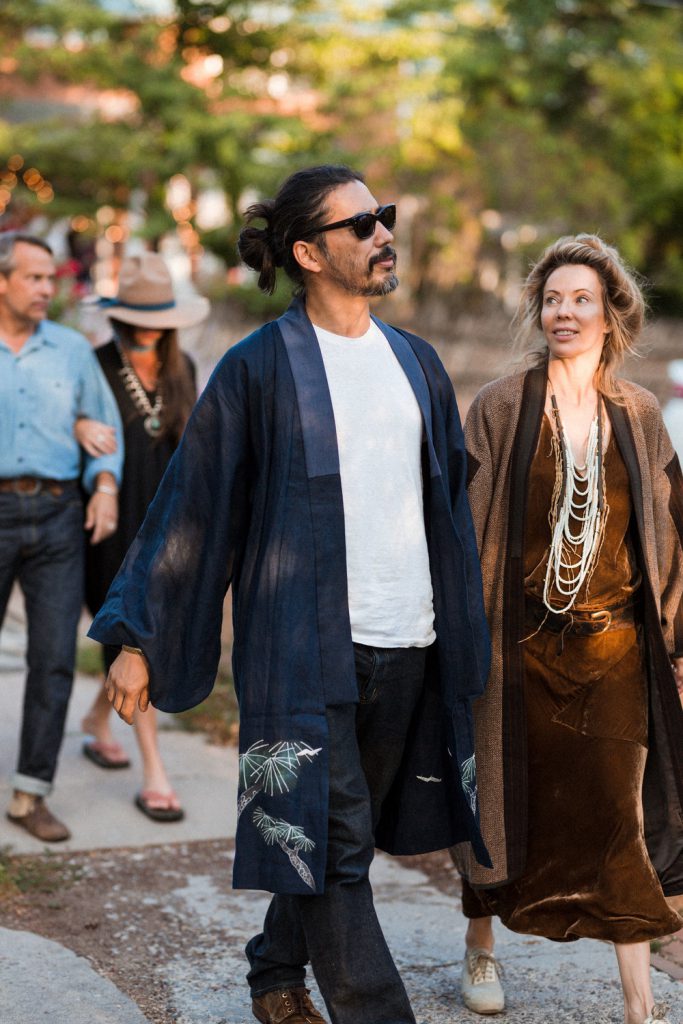
Visvim is a label launched in 2001 by Hiroki Nakamura in the Harajuku neighborhood of Shibuya, in Tokyo. Visvim is making a name for itself, especially with the help of its famous customers such as Kanye West, Dranke and Rihanna.
Visvim makes use of both novel and vintage techniques and inspirations to make clothes. Visvim uses a lot of traditional indigo dying, and takes inspiration from Native Indian and Japanese Edo period garments. Their very popular FBT is a modernized Native American moccasin, with a modern sneaker sole.
There are currently 10 stores in Japan and Hong Kong, and the brand can also be found in over 100 stores worldwide.
Click here for the list of all the stores of Visvim.
F.I.L. TOKYO
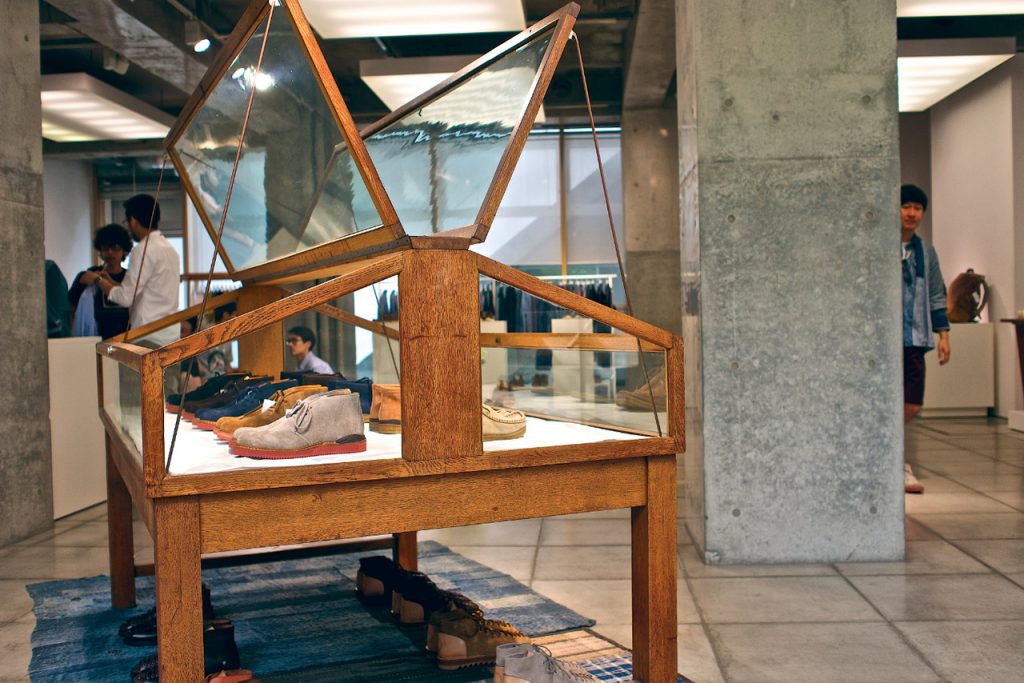
This is the main Visvim store, in Ura-Harajuku, on the back-alleys of the main Omotesando luxury shopping street. The store is a slick blend of modern minimalist, and artisanal.
UNDERCOVER AOYAMA
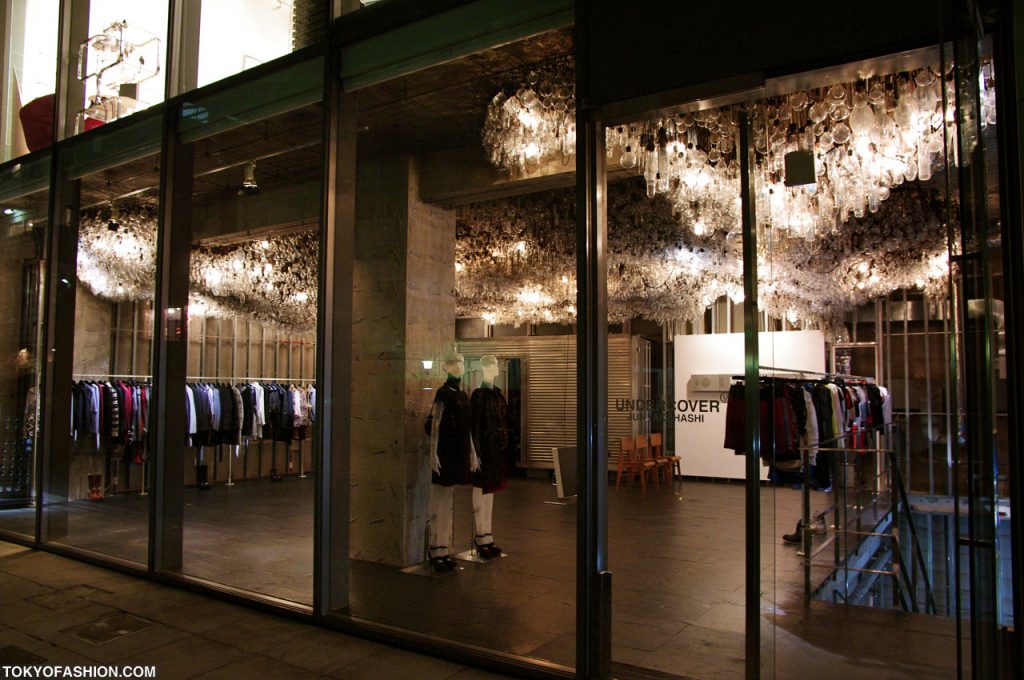
This UNDERCOVER is the flagship store in Aoyama on a street parallel to the Omotesando street, nearby the Issey Miyake store and the Yohji Yamamoto store.
HARAJUKU FASHION
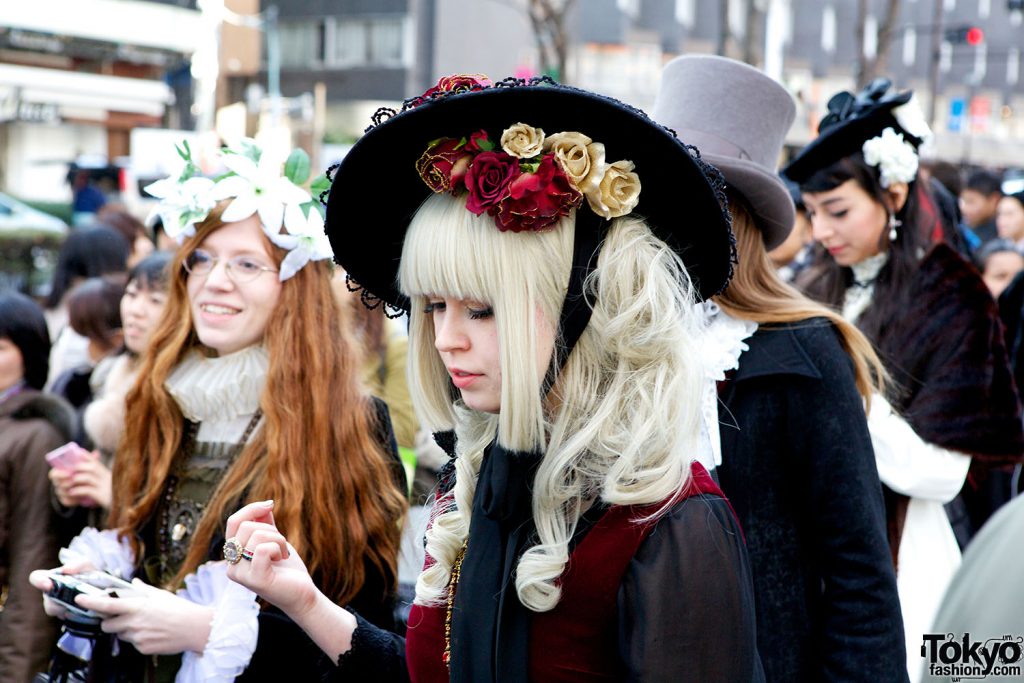
Harajuku style is a Japanese fashion style which made use of avant-garde, layered, bold, colorful clothes, mixed with heavy makeup. Harajuku style is often believed by foreigners to be a widely followed trend, but it is not. It’s mostly been dead since at least the second half of the 2010s.
However, if you are into the clothing itself, while there isn’t really a specific Harajuku style fashion brand, there are some shops still around in Tokyo where you can find those clothes to buy. Those include:
Today, Harajuku is still a center for Japanese fashion, but has drifted from the colorful, kawaii-ish, loli-goth style to now become a place where imaginative fashion-heads shop and mix street, sports, and luxury wear.
JAPANESE CASUAL FASHION BRANDS
While Japan does produce amazing high fashion, as well as imaginative streetwear, not everyone is into those. Some just want basic shirts and pants, made with good quality materials, for a decent price.
UNIQLO
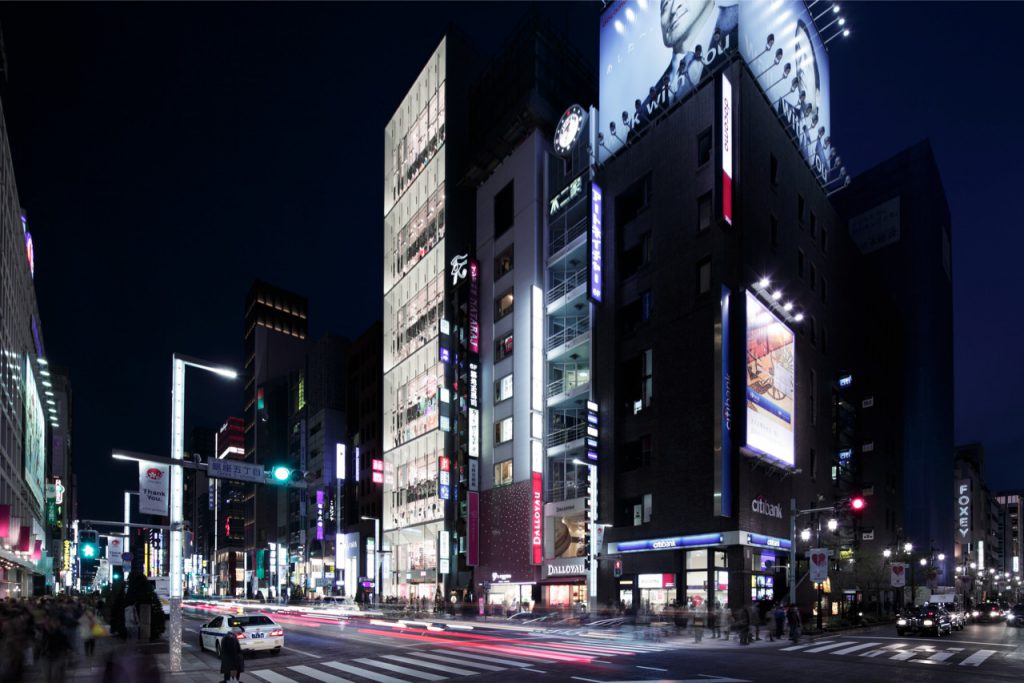
Uniqlo doesn’t really need an introduction. You’ve very likely heard of it, and likely own products from it if you live in one of the many coutries where there are branches. However, if you are to make your into Tokyo, you should definitely head to the Uniqlo Ginza (Chuo). Uniqlo Ginza is a massive 13 floor Uniqlo store with absolutely everything, and because it’s Uniqlo, it’s UBER cheap. Uniqlo Ginza is extremely easy to get to. It’s right outside the Ginza Station, and it’s a massive building. Hard to miss, it’s the world’s largest global flagship store. I’ve saved the best for last: all items are TAX FREE to non Japanese visitors.
SHIPS
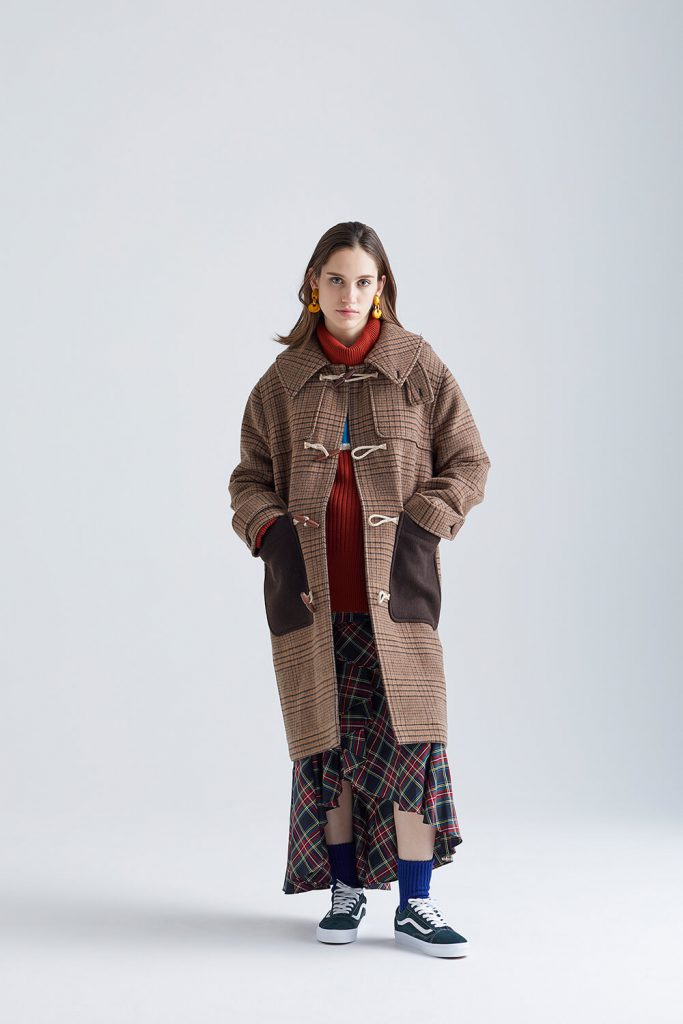

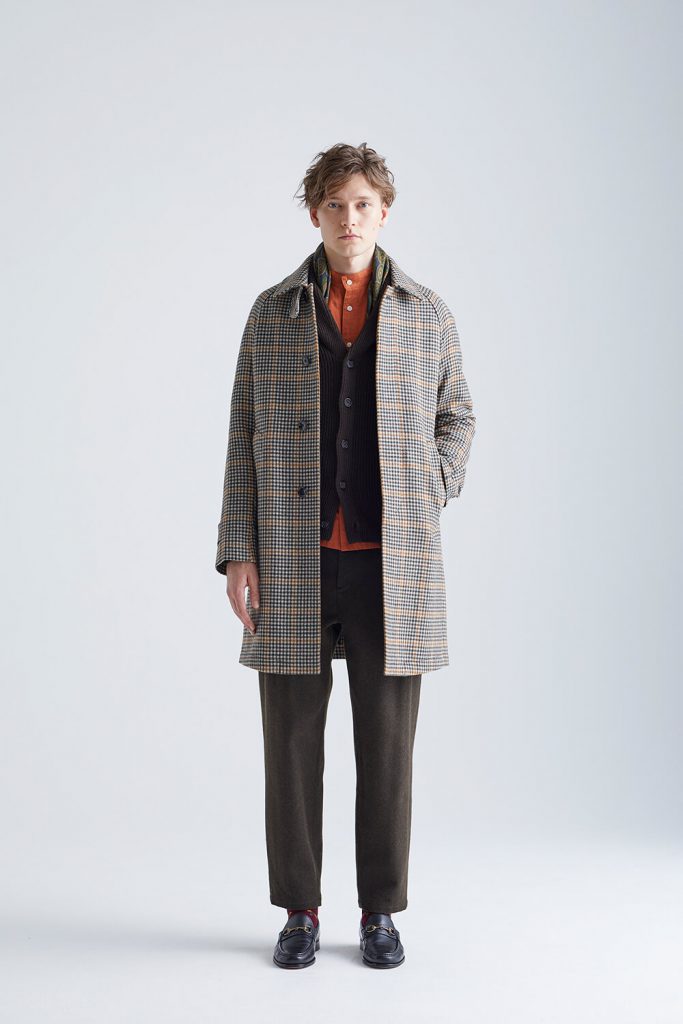
SHIPS is a fashionable, yet simple brand. Their mantra is “Stylish standard”, as such, they stray away from the boring, ugly, basic clothes, and instead mix old fashion, with modern, slick aesthetics.
They have flagship stores in Shibuya, in Harajuku and in Ginza, and are sold throughout Japan in department stores.
Click here for the list of all the stores of SHIPS.
SHIPS SHIBUYA
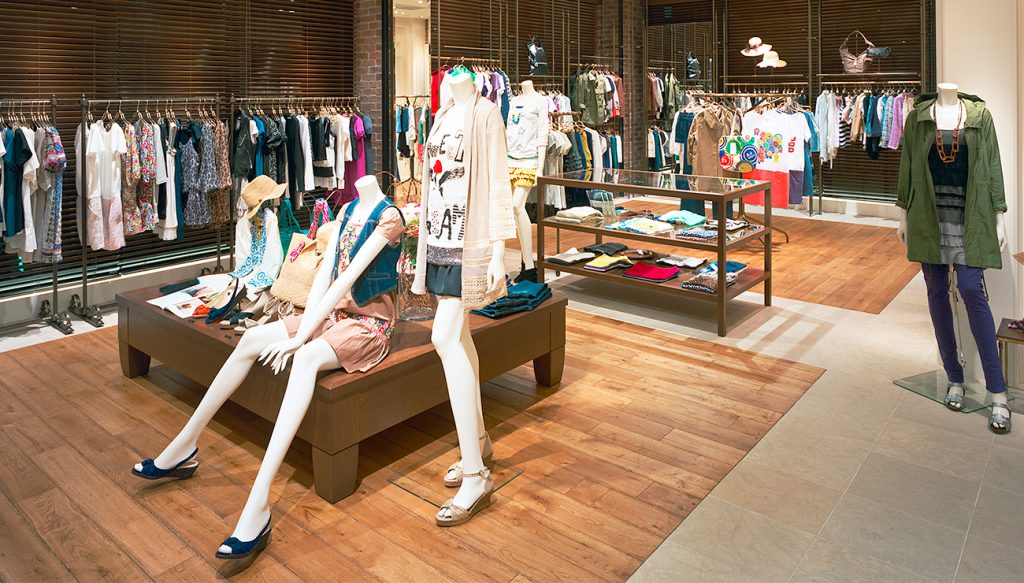
This SHIPS is one of the two flagship stores in Tokyo. It’s in the Jinnan district of Shibuya, nearby the Shibuya station, northward, on the way to Harajuku.
BEAMS
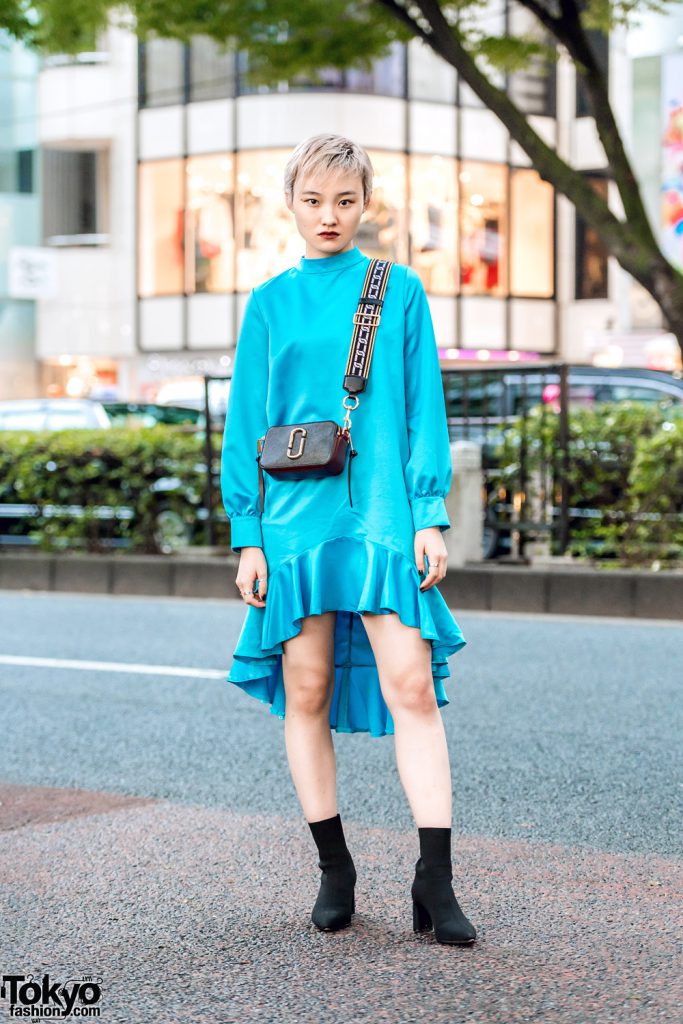
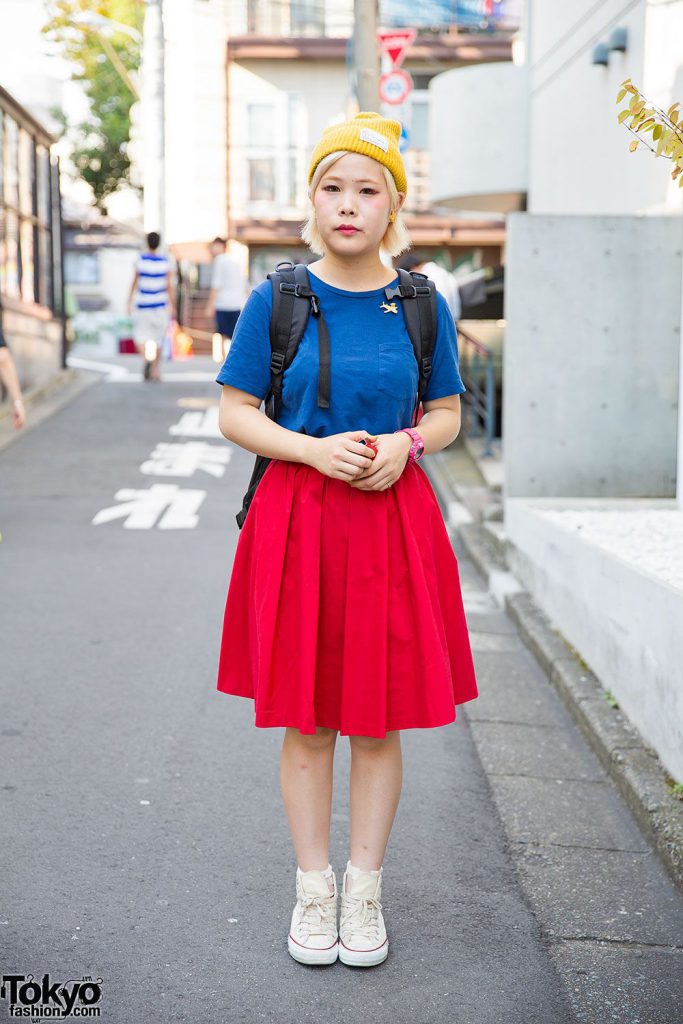
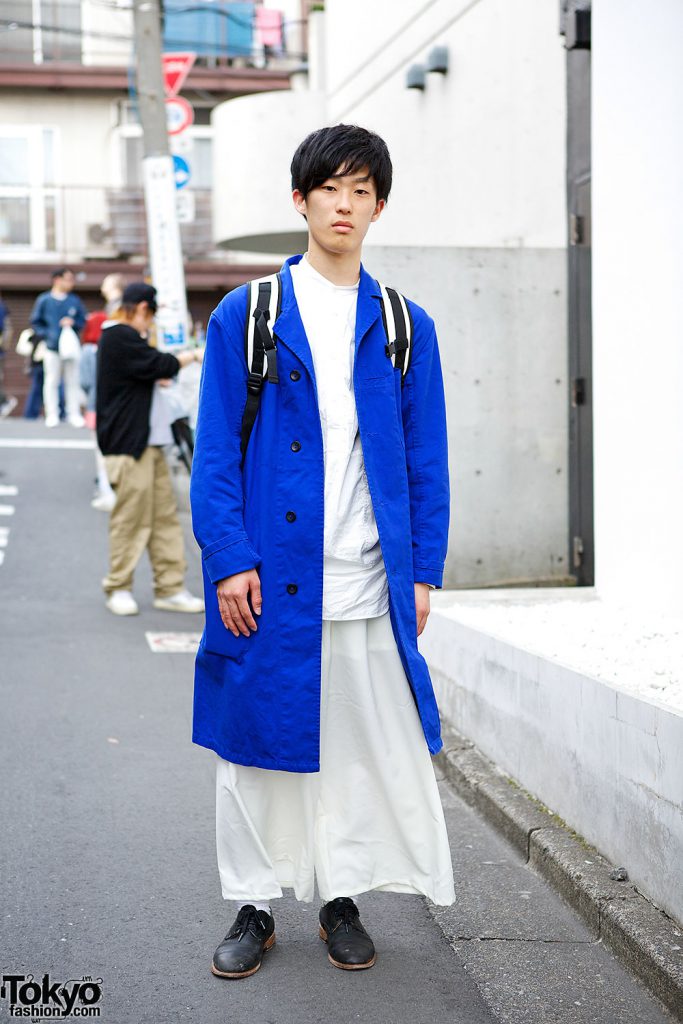
Beams is a Japanese brand that was founded in Harajuku in 1976. They are a middle of the range brand that produce everything for basic shirts to outerwear, and even interior decoration and furniture.
Beams has shops all over Japan, and is sold in various retailers. In addition, they have stores in Taipei, Bangkok, Hong Kong, and a single store in Beijing.
Click here for a list of all the stores of BEAMS.
BEAMS HARAJUKU
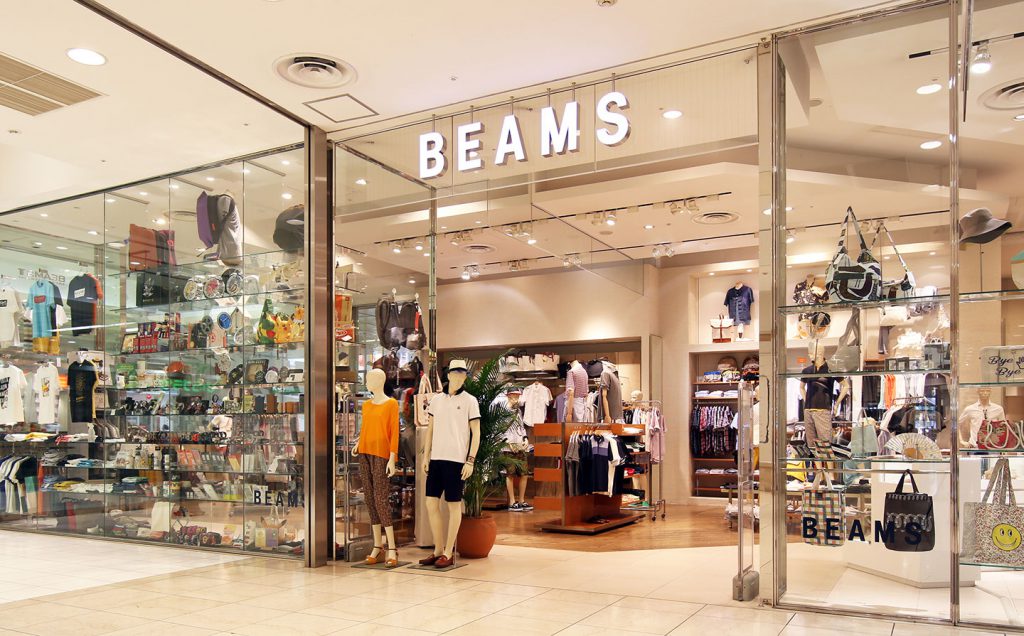
This BEAMS is the flagship Harajuku store located a few hundred meters away from the Harajuku Station.
TOKYO FASHION DISTRICT
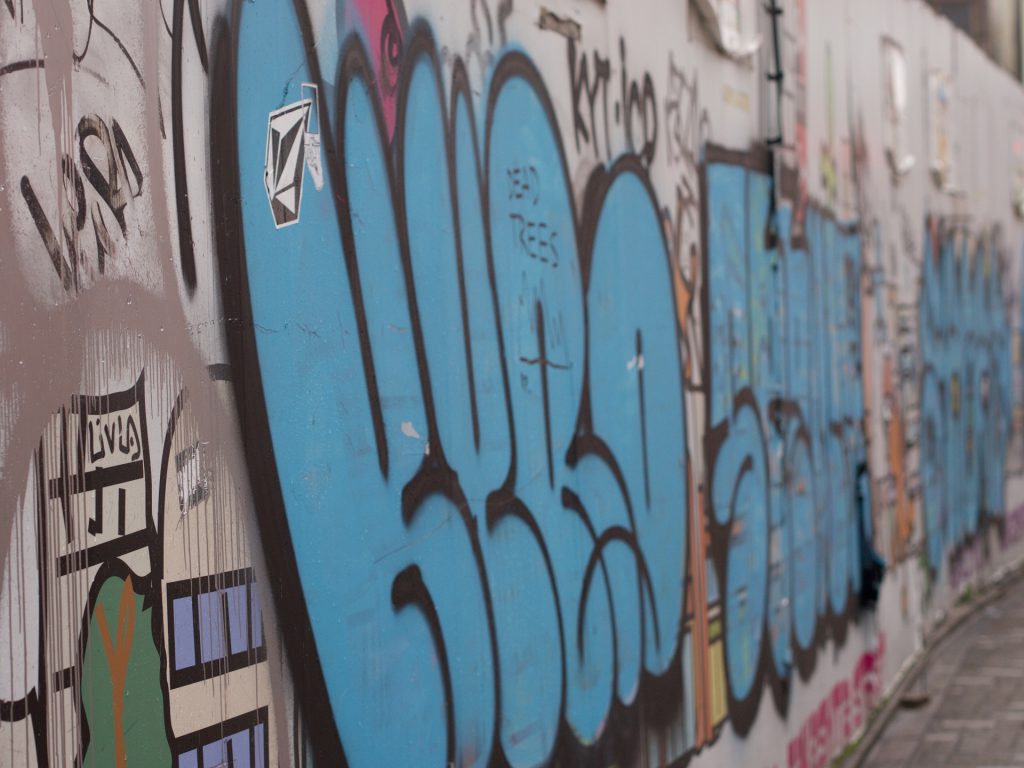
Tokyo is a massive city with multiple districts and multiple shops to go shopping. If you want to go shop for fashion items in Tokyo during your stay in Japan, here are the districts you should checkout, depending on the type of fashion you’re looking for.
GINZA
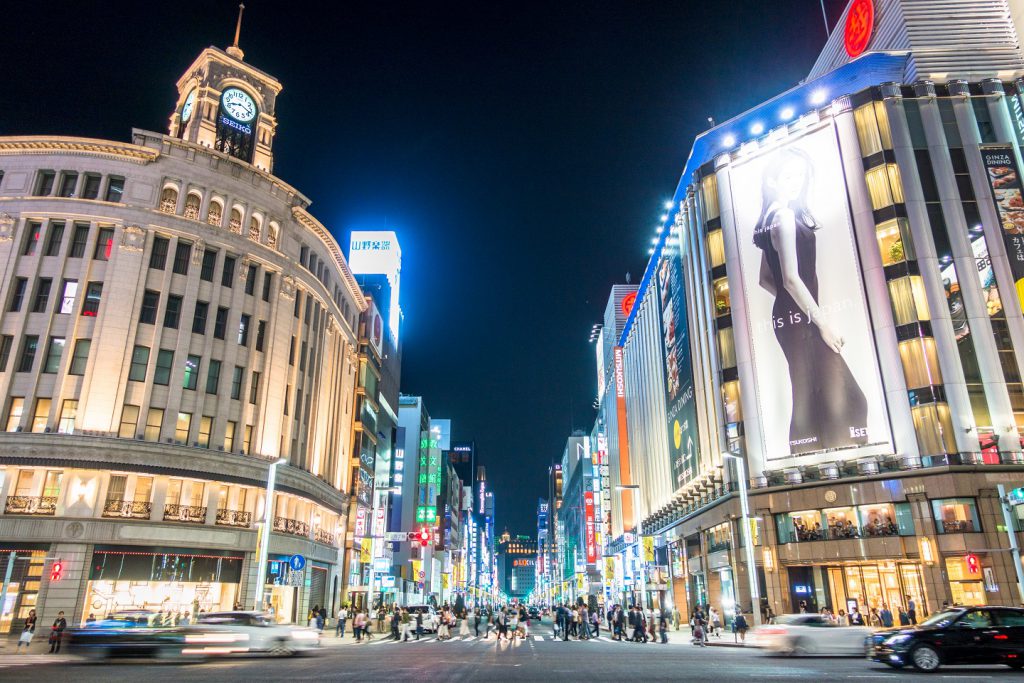
Ginza is the most expensive place in Japan by land price. Accordingly, it is also one of the centers for luxury fashion. However, unlike Omotesando, Ginza is more associated classic luxury fashion and the older crowds who sop for them. If you’re looking to buy things like Gucci, LV, Prada and others, you’ll find them here.
There is also a lot of cheaper shopping options there, including the aforementioned Uniqlo, as well as the likes of Zara.
OMOTESANDO & HARAJUKU
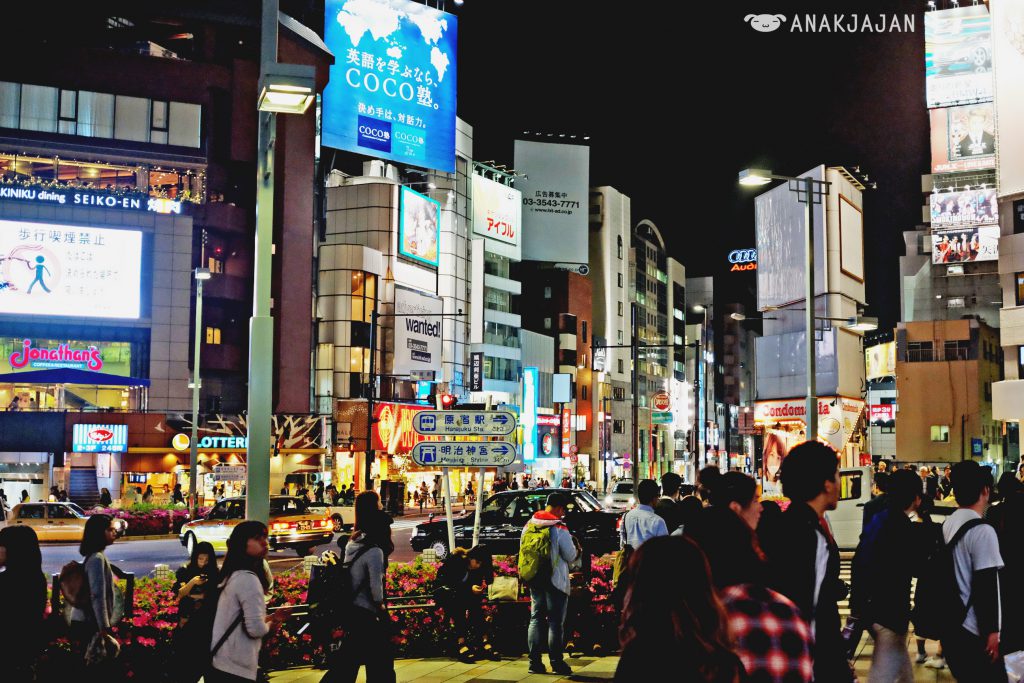
Omotesando are respectively a shopping street in Aoyama and a neighborhood of Shibuya. However, Omotesando runs parallel to Harajuku, to a point where they are almost indistinguishable. Omotesando has all the upscale high fashion, while Harajuku is more known for street and alternative fashion.
SHIMOKITAZAWA
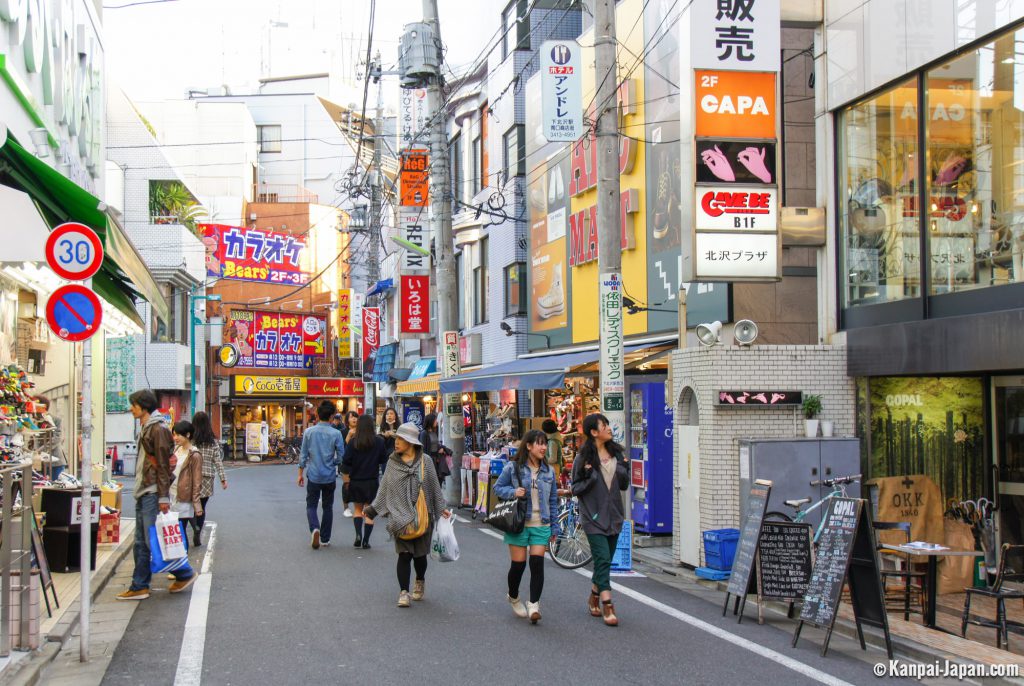
Shimokitazawa is Tokyo’s hipster hub, akin to Berlin’s Neukolln, or Brooklyn’s Williamsburg. Shimokitazawa reffers to the trendy neighborhood near the station with tons of thrift stores, and vintage clothing, with a very bohemian feel. If you’re out to add a little Japanese vintage fashion to your wardrobe, this is where you should go.
SHOPPING FOR JAPANESE FASHION IN TOKYO
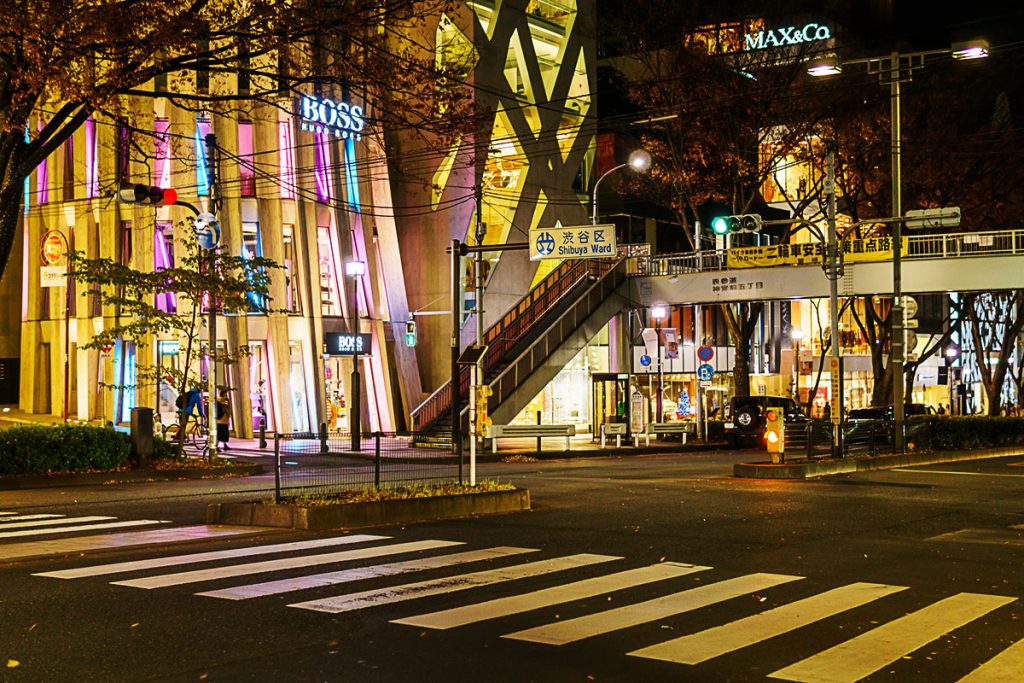
Japan, and Tokyo especially are not only a place where people take their fashion to heart, it’s a place where they set the fashion trends. However, while hypebeasts can be found, and certain trends are a bit too commonplace, there is a lot of space for people to express their individuality through their own personal style.
Finally, while a lot of the brands I’ve written about can get a bit pricey, second-hand shopping in Japan is true heaven. Items are of almost perfect quality, thanks to their previous owners taking care of them, and they come a significantly cheaper price. So, if you are into some of the more expensive Japanese fashion brands, but can’t or won’t buy them at their full price, make sure to check out second-hand stores for great deals on the same items.

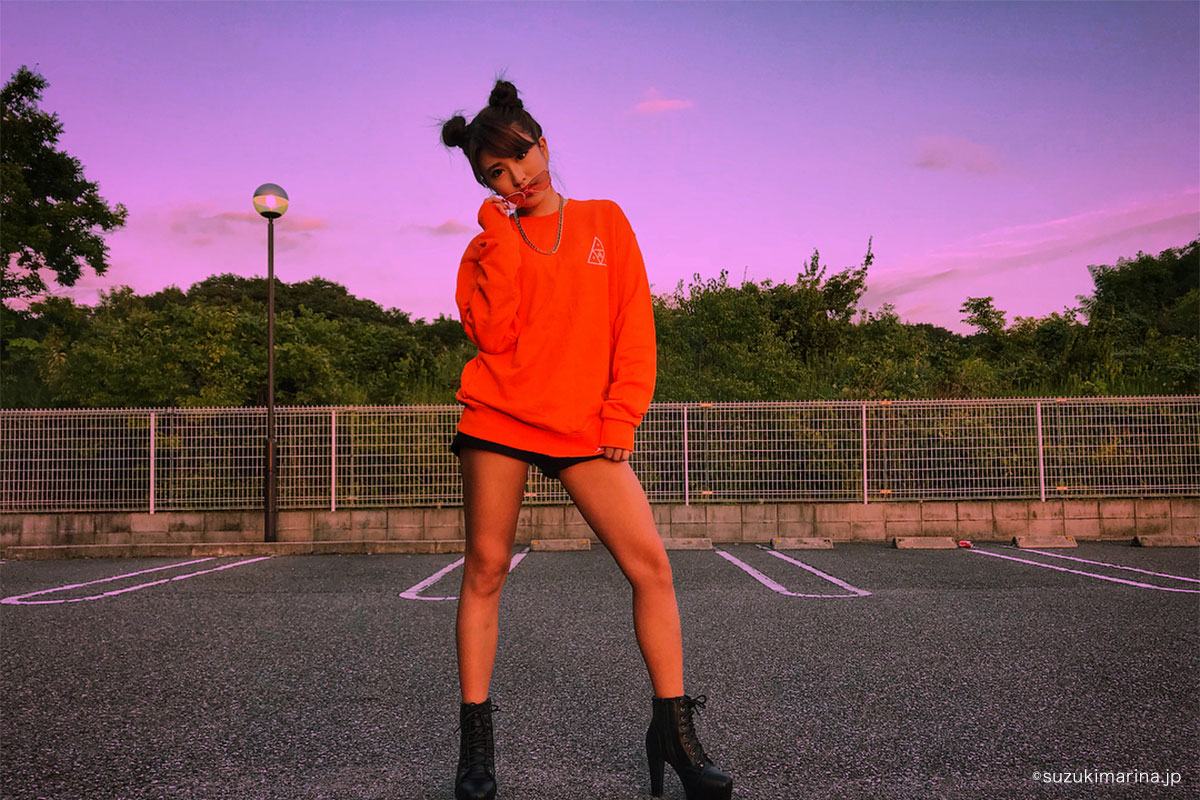
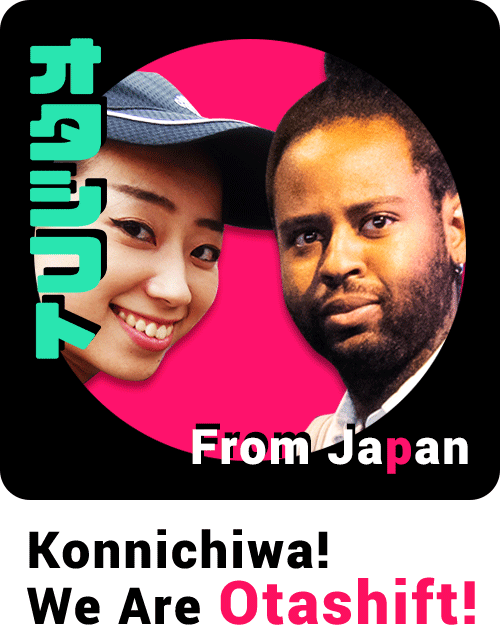

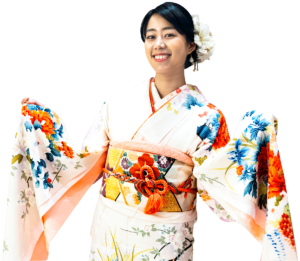
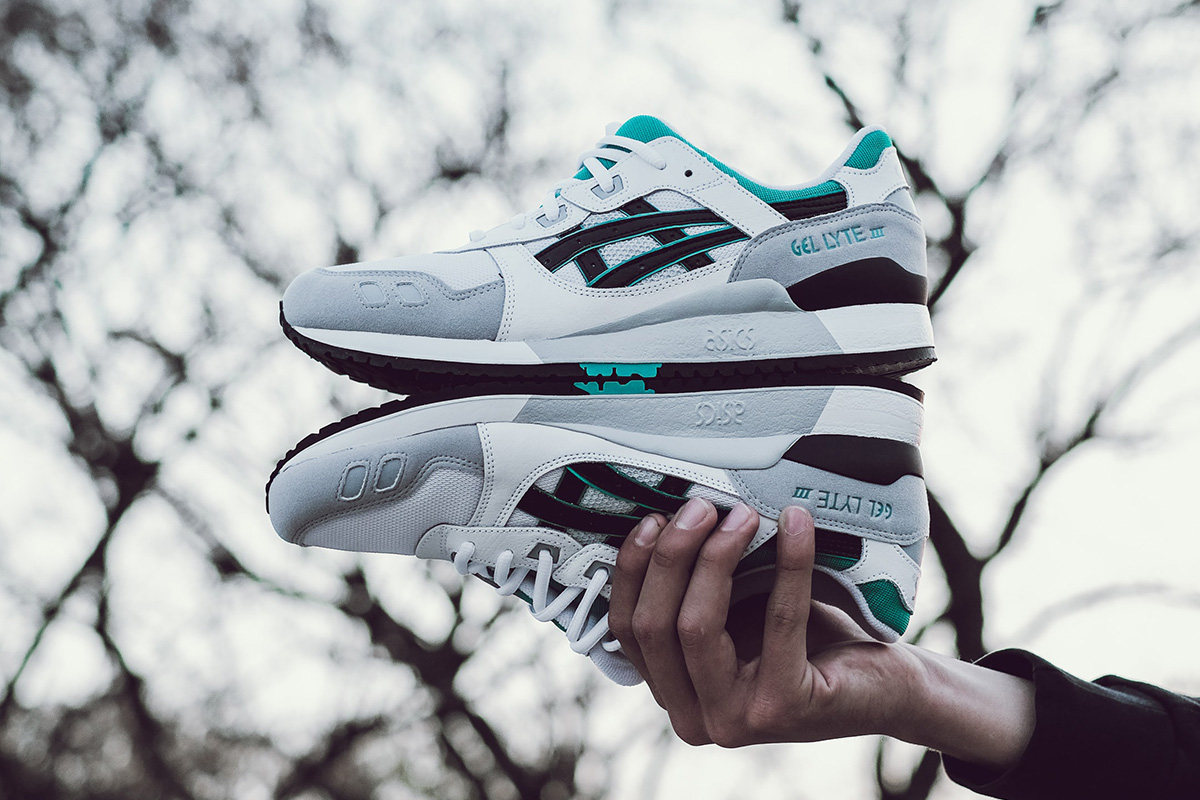
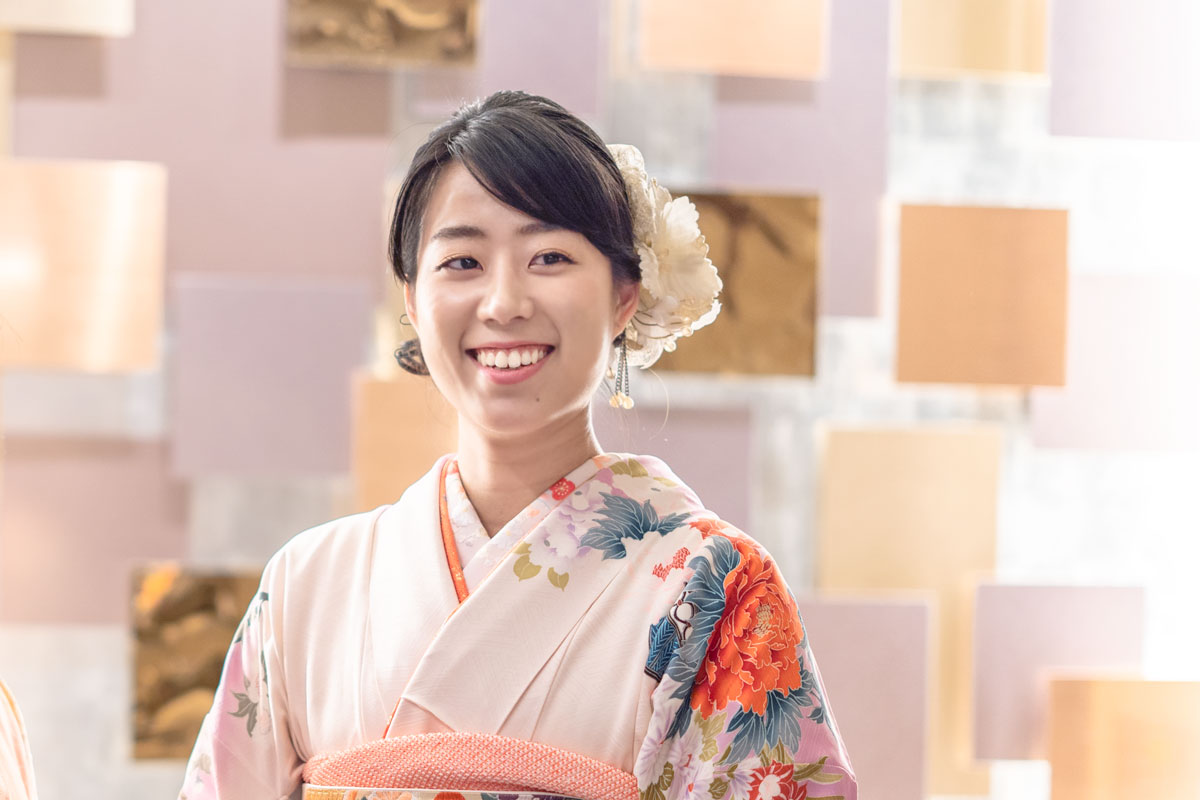
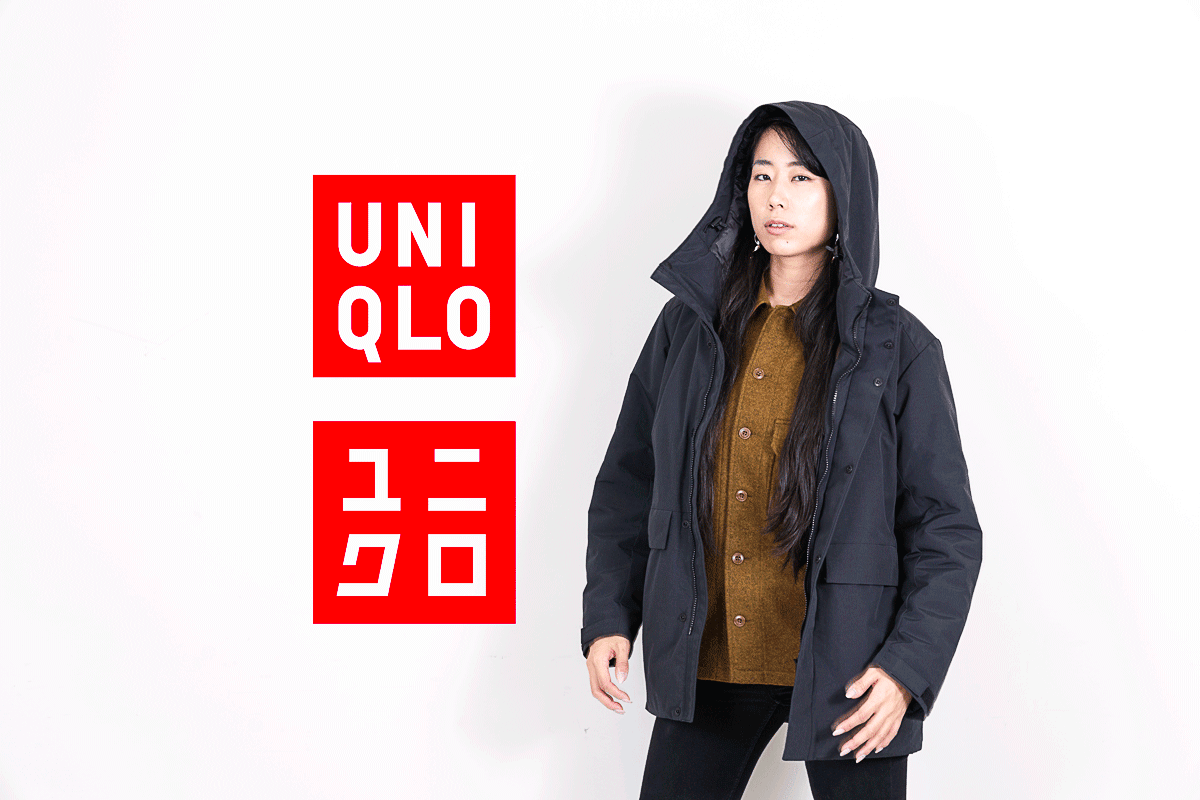
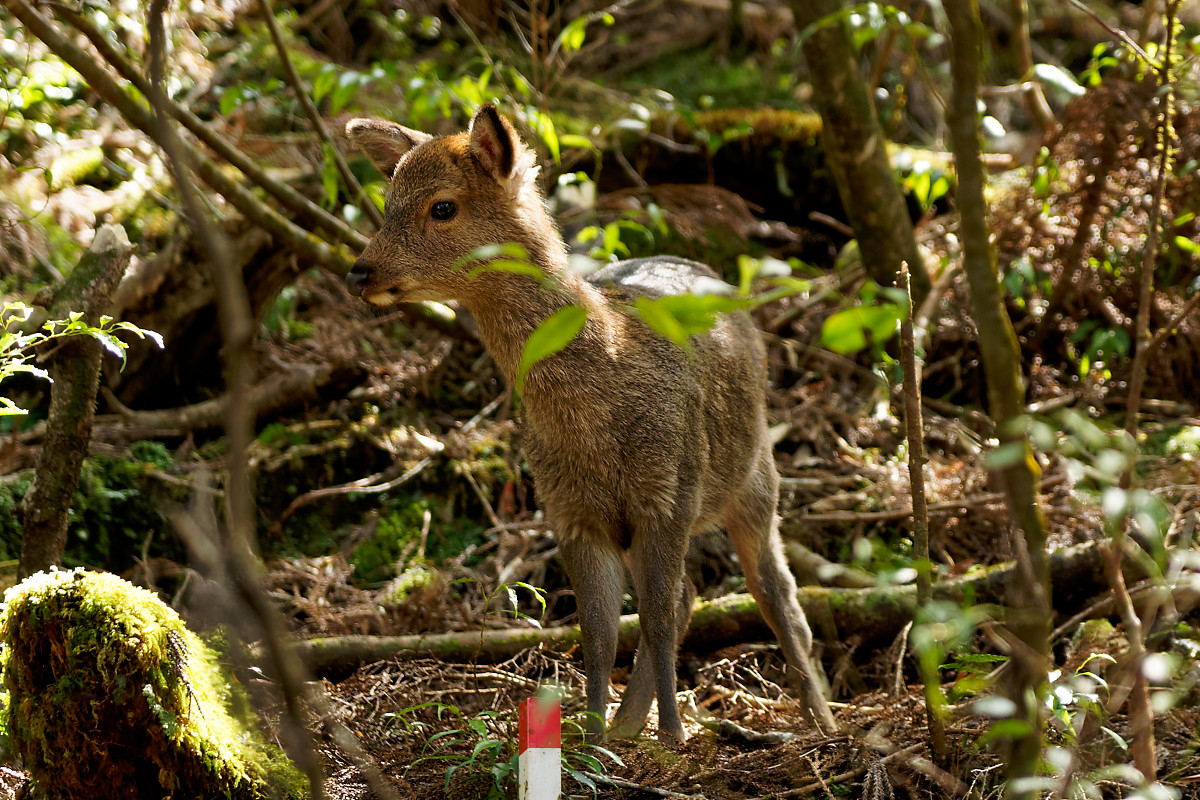

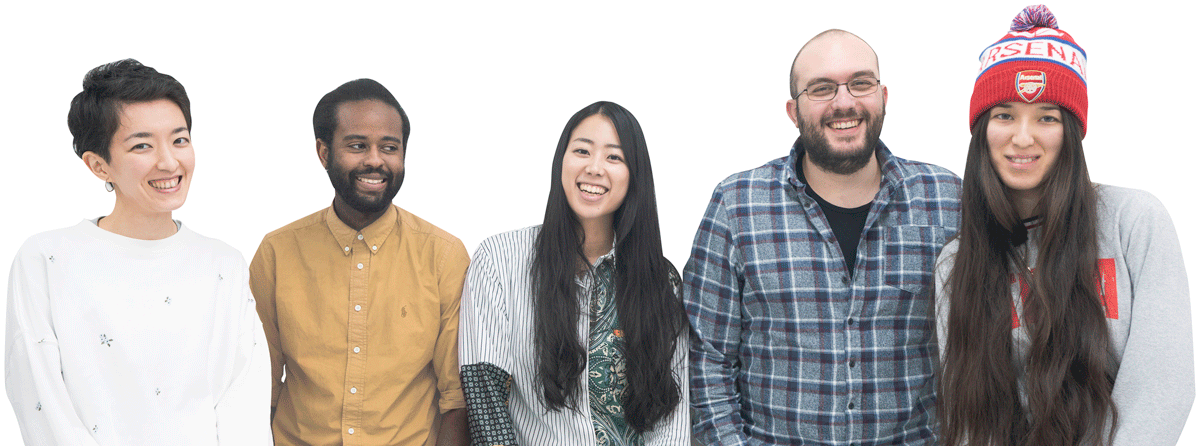
Thank you Marcel, I’m going to Japan next month and this is really helpful.
I’m glad you found it helpful! I hope you have a great time in Japan!
Love these brands, especially ISSEY! What are some of your recommended Japanese bag labels too? Some of those we love are like Porter, The Hako Bag and Anello!
y3 is always love, the design Heritage there is simply awesome. Tokyo Bags, Hako and Kirinko are some you should definitely check out too
I am Japanese streetwear fan! https://www.facebook.com/unagi.urban/
All what I see is top and I love it!